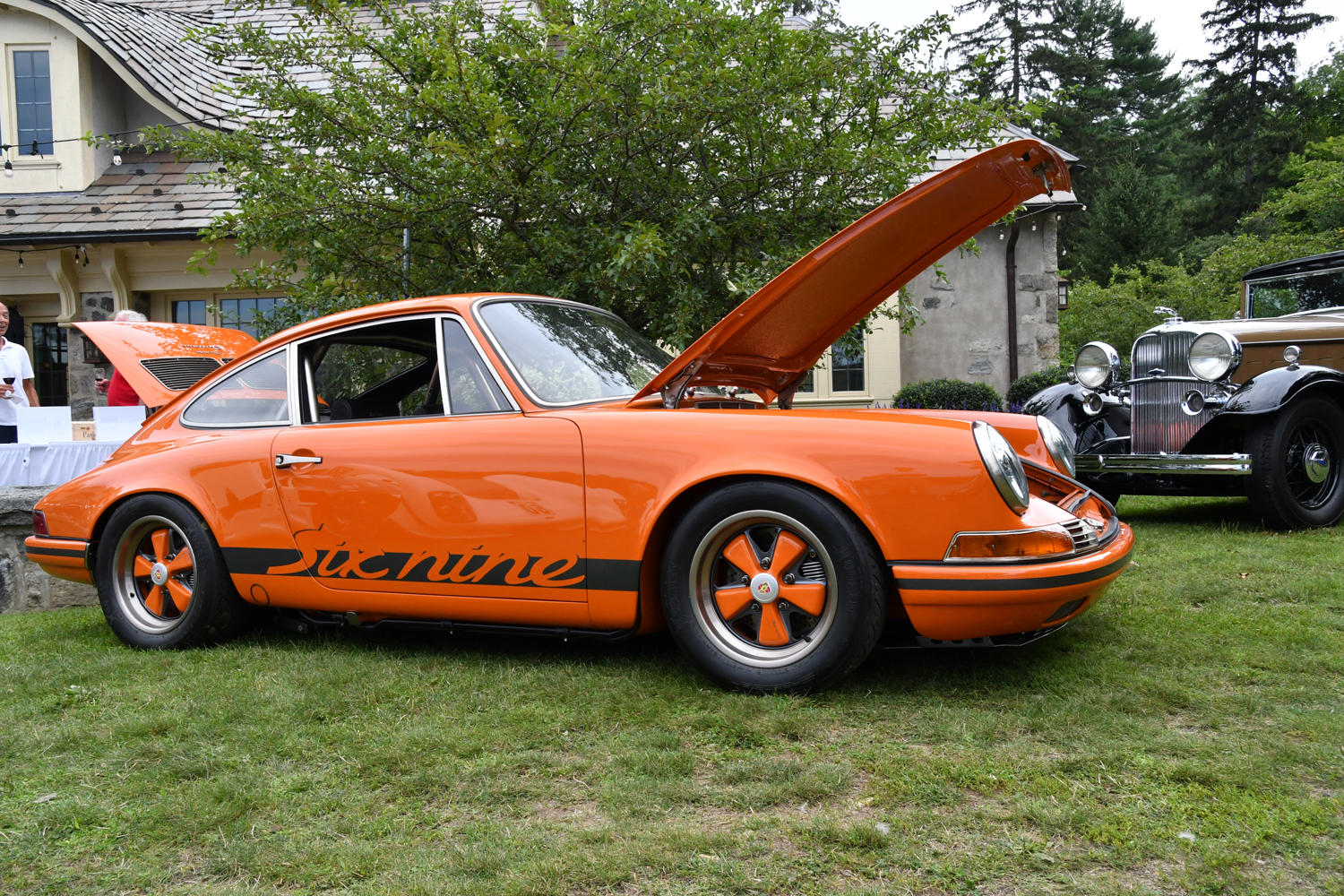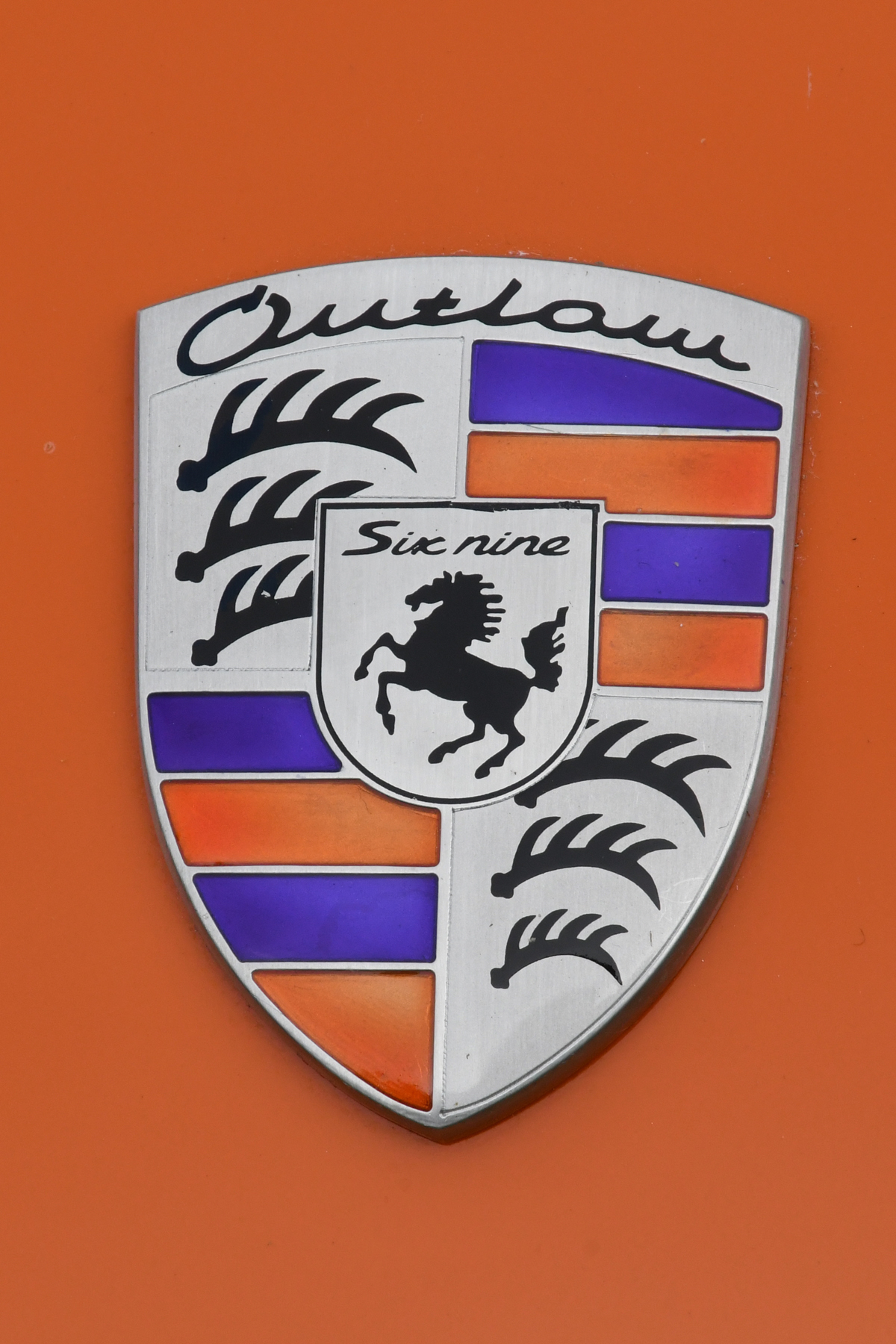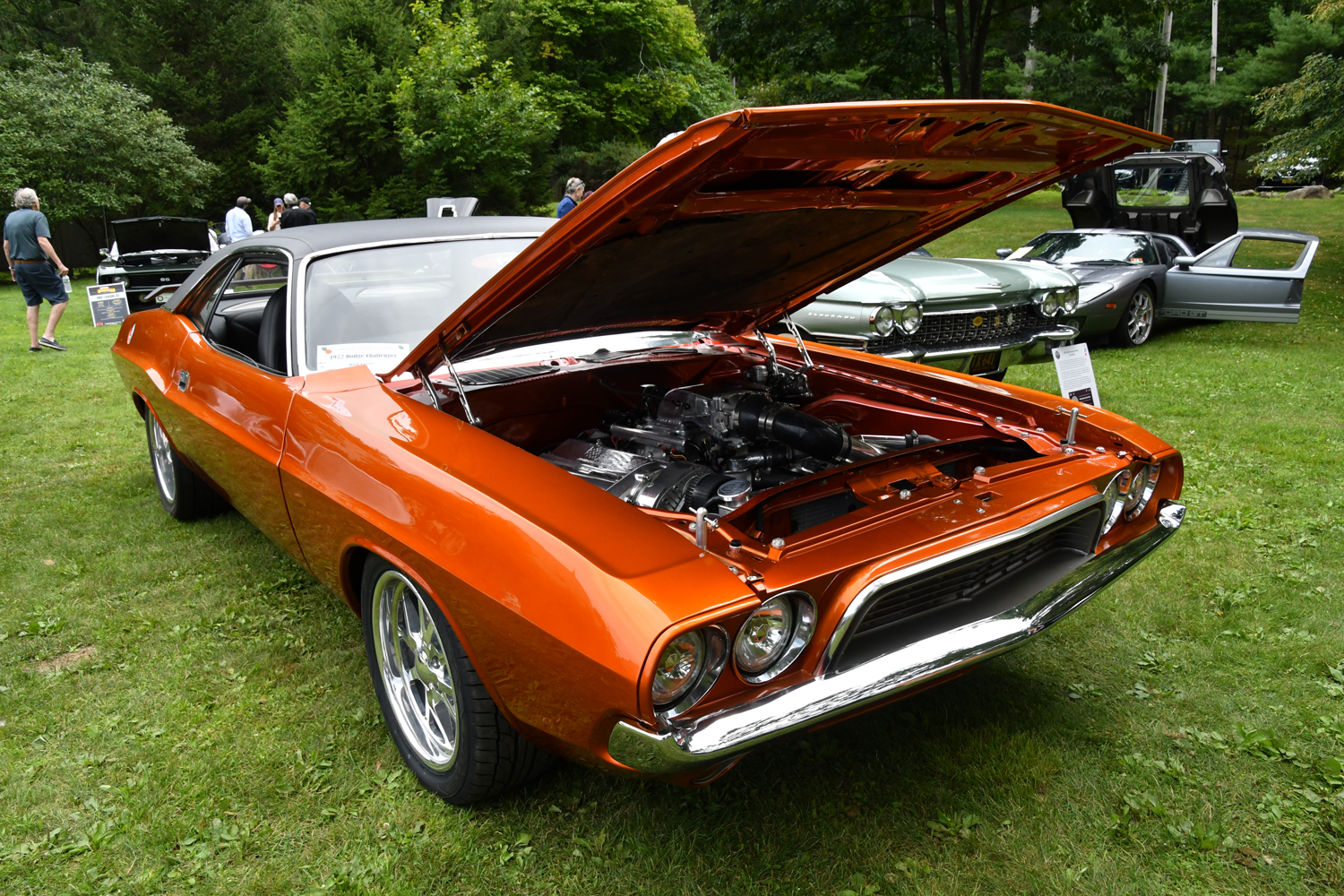More than the polished parts and hard to find pieces, the special interest vehicles people collect embody the character of each owner. “Cars We Love & Who We Are” profiles individual special interest vehicles and the proud owner committed to its preservation.
Cars We Love & Who We Are # 30
My phone rings, and from the other end of the line (yes, I still have a land line) comes the voice of good friend and super car guy Bob Austin. “Would you be a judge at a concours event?” asks Bob. “Sure,” I reply and quickly follow with questions about who, where, what, etc. Bob replies that those details are fluid as this future event will be a first time event and presently stands as a work in progress. He explains that he has been asked to oversee creation of this newborn event’s maiden voyage. What could possibly go wrong? Plenty, if you take your eye off the ball. Planning the event would challenge Bob’s sharp eye.
Let’s create a Concours d’Elegance! OK…How?

Named the Concours on the Palisades, the event came to life inspired by the local father’s efforts to focus public 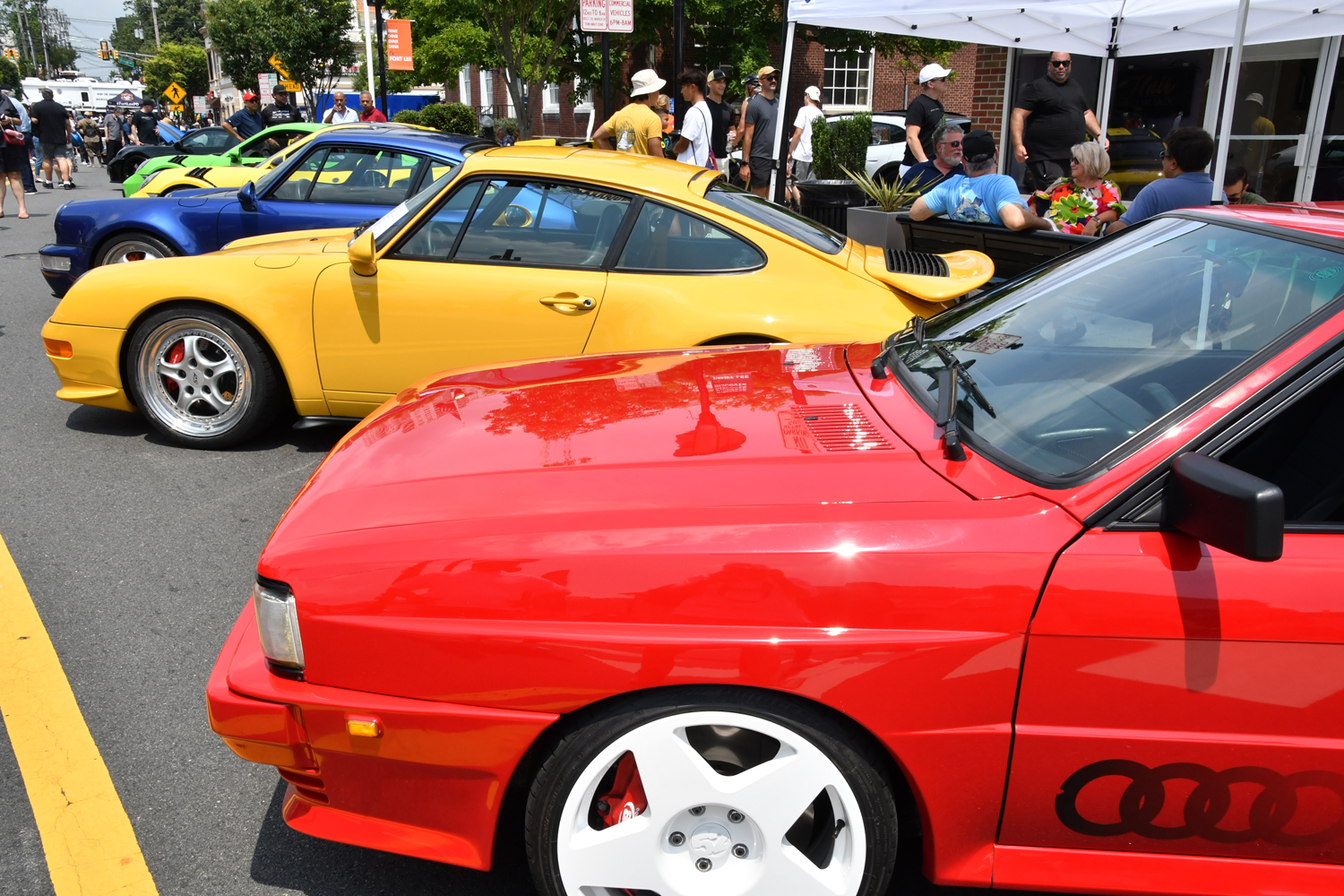 awareness on all that downtown Fort Lee, NJ has to offer. For those not from the area, Fort Lee offers spectacular views of Manhattan from its perch atop the Palisades cliffs that overlook the Hudson River that flows hundreds of feet below. At the start of the 20th century Fort Lee served as home to the early film industry that would soon move to a place called Hollywood. It also anchors the New Jersey side of the George Washington Bridge. Save for major highways converging at the GW Bridge, Centuries old Fort Lee consists of predominantly two-lane streets.
awareness on all that downtown Fort Lee, NJ has to offer. For those not from the area, Fort Lee offers spectacular views of Manhattan from its perch atop the Palisades cliffs that overlook the Hudson River that flows hundreds of feet below. At the start of the 20th century Fort Lee served as home to the early film industry that would soon move to a place called Hollywood. It also anchors the New Jersey side of the George Washington Bridge. Save for major highways converging at the GW Bridge, Centuries old Fort Lee consists of predominantly two-lane streets.
Those with a memory for political theater may recall those predominantly two-lane streets were used to strangle the life out of, then, New Jersey Governor Chris Christy’s 2016 Presidential bid. At that time NJ state officials were accused of knowingly obstructing local traffic lanes going to the bridge at rush hour as revenge for a perceived political slight. The action choked commuter traffic back to the Delaware River (Yes, I am exaggerating but not much). Location for the Concours would be many of those same downtown streets. The Main Street, a quarter mile from the GW entrance, would be chock-a-block with classic and super cars for the concours. It, however, would be held on a Sunday.
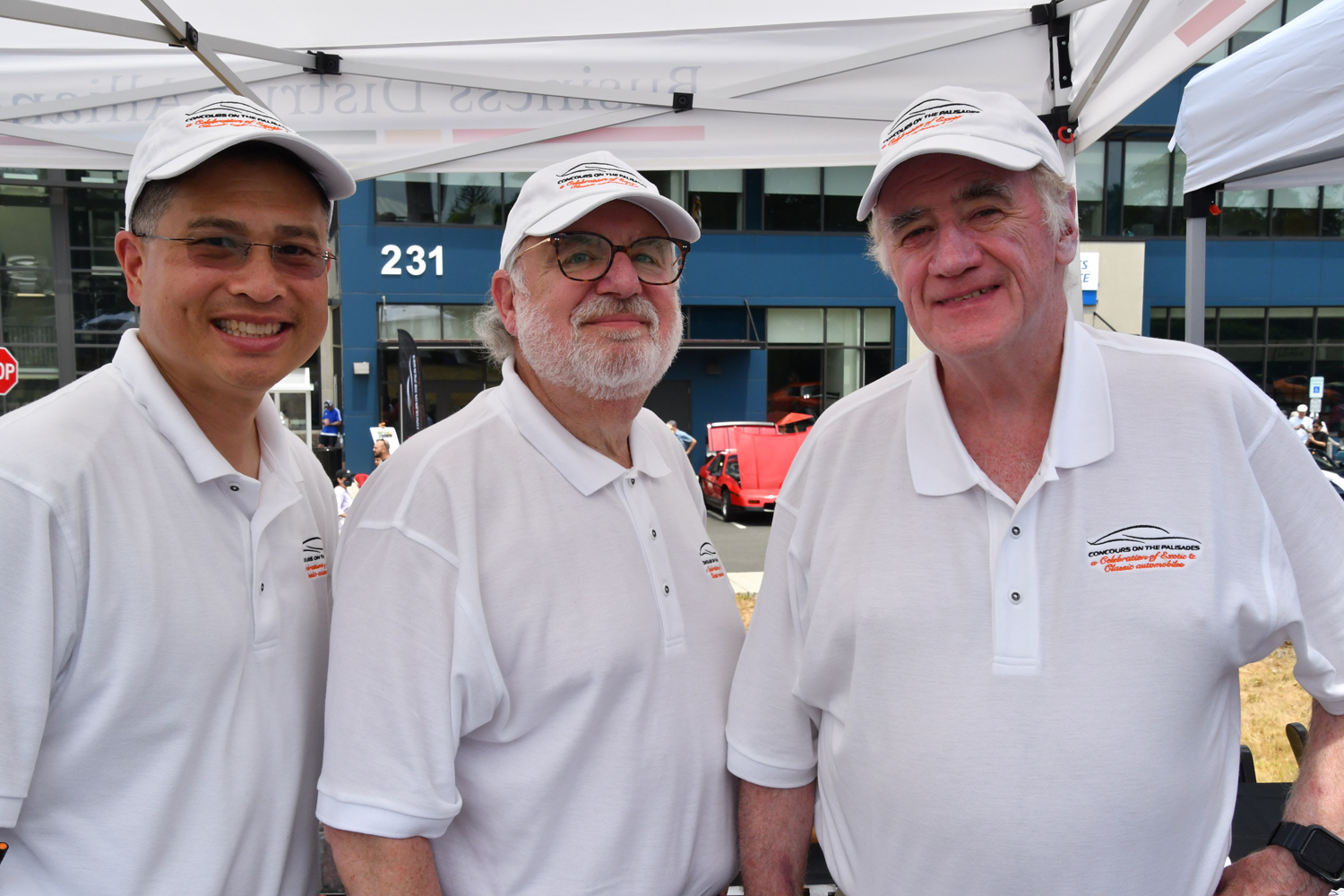
James Liu, Bob Austin, Denis Glennon
The planning that went on in advance to make this work smoothly would fill volumes. The credit resides with Austin, the two founders of the event and Fort Lee Business District Board members Denis Glennon and James Liu, Tony Boniello who provided publicity through his Car & Caffe operation and a legion of enthusiastic and capable volunteers. To that should be added the Fort Lee Mayor Mark Sokolich who enthusiastically embraced the concours to the point of participating in the judging process and a local police force that actually appeared to savor their role in ensuring a free and easy flow of people and wonderful cars. Let’s just say it was done well by all involved.
All concours are not created the same. Some car enthusiasts believe that the rarified air of some exclusive events can muffle the joy that such a glorious celebration of automotive art and history should impart. Pebble Beach comes to mind.
Others events possess no aspirations for tony grandeur but seek an engaging celebration of automotive beauty and the culture of enthusiasts that keeps the history and visceral pleasure of classic automobiles alive and thriving.
Originators of Concours on the Palisades sought to attract a general public with an event that celebrated the  automobile with a structure and format that elevated it above the casual and loose structure of a Cars and Coffee. Its intended format sought to provide an environment that attracted owners of very special automobiles to publicly display these special vehicles in a setting offering scrutiny and recognition by knowledgeable judges. As well, the concourse originators wanted to provide a day of automotive and artistic education and fun that would bring the attention of an interested public to the special qualities of the downtown Fort Lee setting.
automobile with a structure and format that elevated it above the casual and loose structure of a Cars and Coffee. Its intended format sought to provide an environment that attracted owners of very special automobiles to publicly display these special vehicles in a setting offering scrutiny and recognition by knowledgeable judges. As well, the concourse originators wanted to provide a day of automotive and artistic education and fun that would bring the attention of an interested public to the special qualities of the downtown Fort Lee setting.
A basic threshold that must be crossed in most cases to elevate an automotive gathering from a cruise to a concours is judging. Fundamentally two styles of judging prevail. The most meticulous judging criteria can be found at events that are dedicated to a single marquee such as Porsche, Corvette or Rolls-Royce. Here a point system created by a cohort of OCD afflicted marque maniacs with too much time on their hands (Only kidding) serve as the basis for judging a vehicle’s every nut and bolt for correctness and authenticity using a 200 or 300 point system. Every flaw results in a deduction from the 200 or 300 point perfect score. To merit a trophy an entrant must exceed a certain minimum score such as 90 percent. Exposing one’s vehicle to such scrutiny of every nook and cranny from engine bay through interior to trunk can border on the unpleasant.
A second form of judging and the one employed at Concours on the Palisades originated in France in the 1700s and, appropriately enough, bears the name “French Rules.”
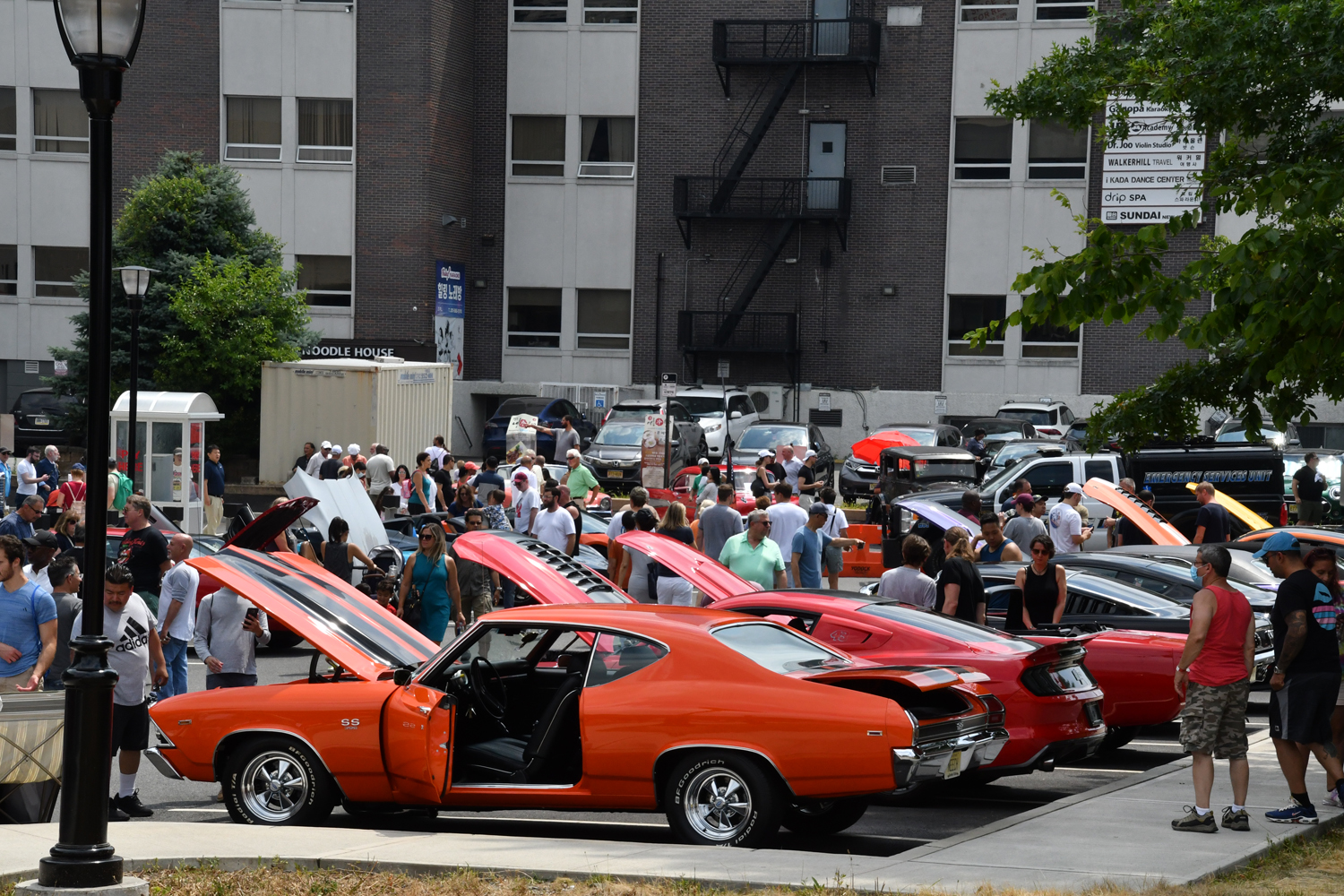 How you may ask could a system for judging automobiles originate two centuries before the car arrived. While 17th century French society lacked automobiles it had a wealth of fancy carriages. The first Concours d’Elegance took place in large part along the Seine River on Sundays. Here the wealthy would take their families out in their horse drawn carriage to picnic. Each, for the most part, would have a very nice horse, a handsome carriage, a lovely blanket and a very nice picnic set. As people then, as now, tend to compare, families would make an effort to have a horse, carriage, blanket and picnic set a bit nicer than the next family. One can almost sense the inevitable momentum of the one-upmanship that ultimately evolved to where prizes were awarded for the best horse and carriage and so on. It got to the point that how the children were dressed counted. Kids must have loved that.
How you may ask could a system for judging automobiles originate two centuries before the car arrived. While 17th century French society lacked automobiles it had a wealth of fancy carriages. The first Concours d’Elegance took place in large part along the Seine River on Sundays. Here the wealthy would take their families out in their horse drawn carriage to picnic. Each, for the most part, would have a very nice horse, a handsome carriage, a lovely blanket and a very nice picnic set. As people then, as now, tend to compare, families would make an effort to have a horse, carriage, blanket and picnic set a bit nicer than the next family. One can almost sense the inevitable momentum of the one-upmanship that ultimately evolved to where prizes were awarded for the best horse and carriage and so on. It got to the point that how the children were dressed counted. Kids must have loved that.
 Thus, French rules do not focus on nuts, bolts, authenticity and perfection. The emphasis resides on a vehicle’s overall visual impact as defined by the car’s style, beauty, elegance and presentation. A good story also adds value. The essence of the judging guidelines called for assessing the emotional response experienced by the judge himself. The wrong hose clamp? Not an issue. The hood stayed closed so engine detailing did not matter. Overall visual impact moved the needle. If the car’s appearance moved a judge to feel that, more than any other car in this class, he would want this car in his garage then this car went to the top of his list.
Thus, French rules do not focus on nuts, bolts, authenticity and perfection. The emphasis resides on a vehicle’s overall visual impact as defined by the car’s style, beauty, elegance and presentation. A good story also adds value. The essence of the judging guidelines called for assessing the emotional response experienced by the judge himself. The wrong hose clamp? Not an issue. The hood stayed closed so engine detailing did not matter. Overall visual impact moved the needle. If the car’s appearance moved a judge to feel that, more than any other car in this class, he would want this car in his garage then this car went to the top of his list.
In advance, all judges had been instructed that their number one responsibility demanded that they be a goodwill ambassador for the event. In addition to their scrutineering responsibilities, each judge would introduce himself by name to the car owner, be friendly, ask for the story behind the car and thank the owner for bringing the car to make this concours possible.
At the end of the day the results rewarded all involved. The classes established for the concours differed from convention but different does not mean incorrect. Classes were based on country of origin.

Dick Santucci accepts Best of Show trophy for his 1954 XK120 Jaguar
A notable air of appreciation for the event itself permeated the owner’s ranks and those who comprised the admiring crowds. The only thing beyond the control of organizers was the weather. Just as the awards presentation began the skies opened up. Cars get wet, they survive. Winners receiving a beautiful crystal award could not have their spirits dampened. Though the two-foot tall “Best of Show” loving cup trophy won by Dick Santucci and his 1954 Jaguar XK120 roadster filled with rain water Santucci smiled with the grin of a man whose cup runneth over.



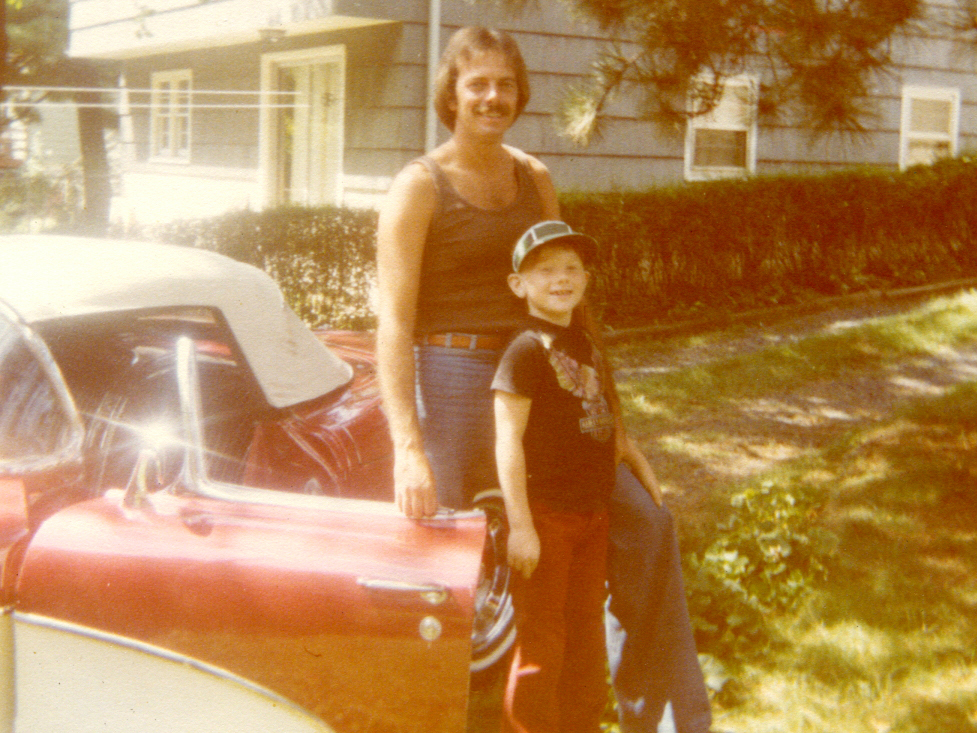
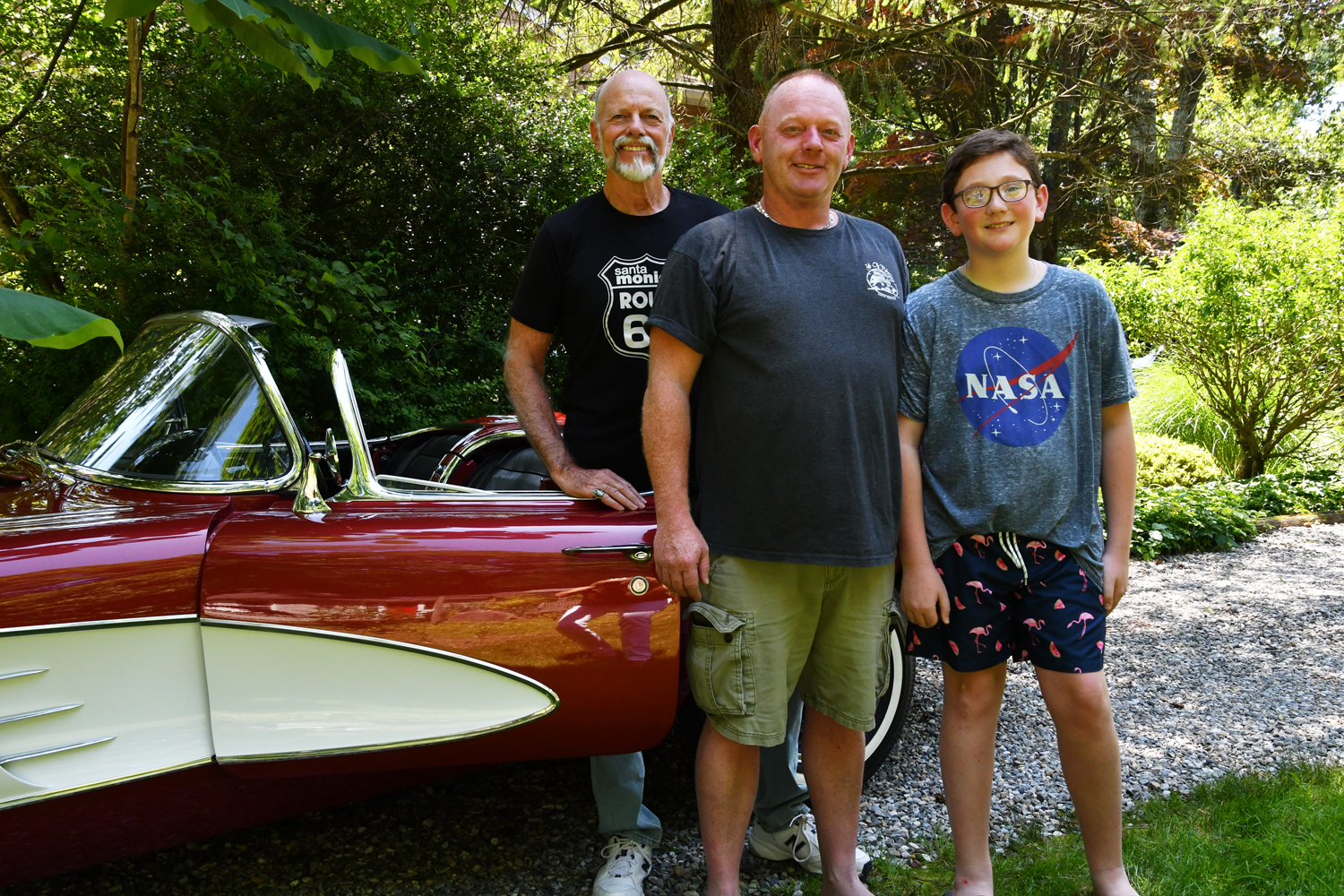


 function nobly without complaint. The Wonderbar radio that reported the passing of history and any music available on an AM channel sits functional as it has since the day it left the showroom. The Goldwater-Miller presidential campaign button has been left where it was found with the spare tire .
function nobly without complaint. The Wonderbar radio that reported the passing of history and any music available on an AM channel sits functional as it has since the day it left the showroom. The Goldwater-Miller presidential campaign button has been left where it was found with the spare tire .
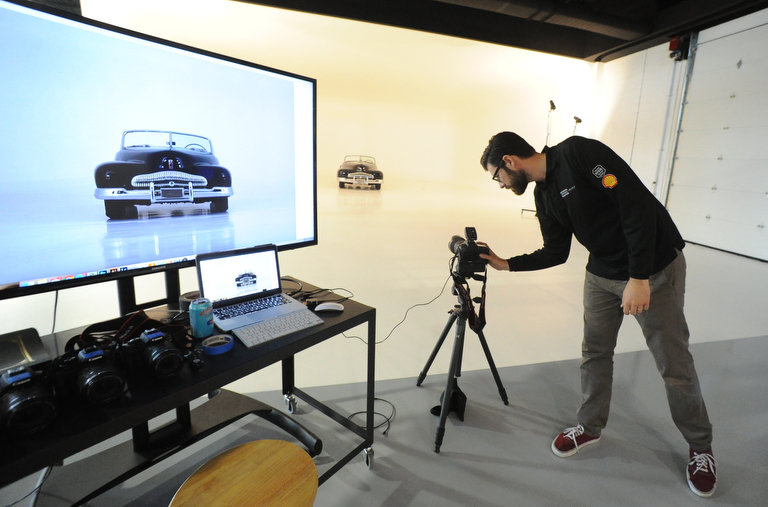
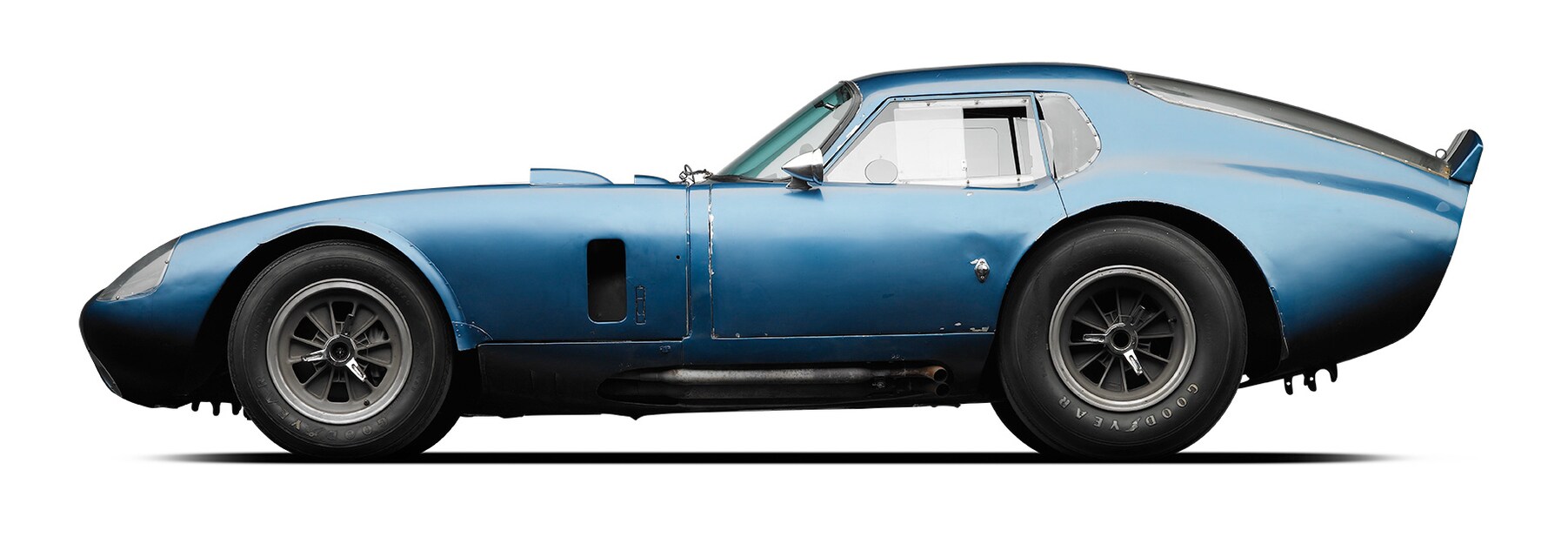 The initial entry to the NHVR, the Daytona Coupe touched every base for criteria meriting selection . Created by Carroll Shelby, designed by Peter Brock, this, the first Daytona Coupe, powered by a 289 cu. in. Ford V8 delivering 375 horsepower was capable of speeds over 180 mph. Known as the CSX2287, it stands tall in the pantheon of most significant American vehicles in history. In 1965 in winning an FIA-sanctioned international series, this Daytona Coupe made a major mark in US automotive history.
The initial entry to the NHVR, the Daytona Coupe touched every base for criteria meriting selection . Created by Carroll Shelby, designed by Peter Brock, this, the first Daytona Coupe, powered by a 289 cu. in. Ford V8 delivering 375 horsepower was capable of speeds over 180 mph. Known as the CSX2287, it stands tall in the pantheon of most significant American vehicles in history. In 1965 in winning an FIA-sanctioned international series, this Daytona Coupe made a major mark in US automotive history. 1964 Meyers Manx “Old Red”
1964 Meyers Manx “Old Red”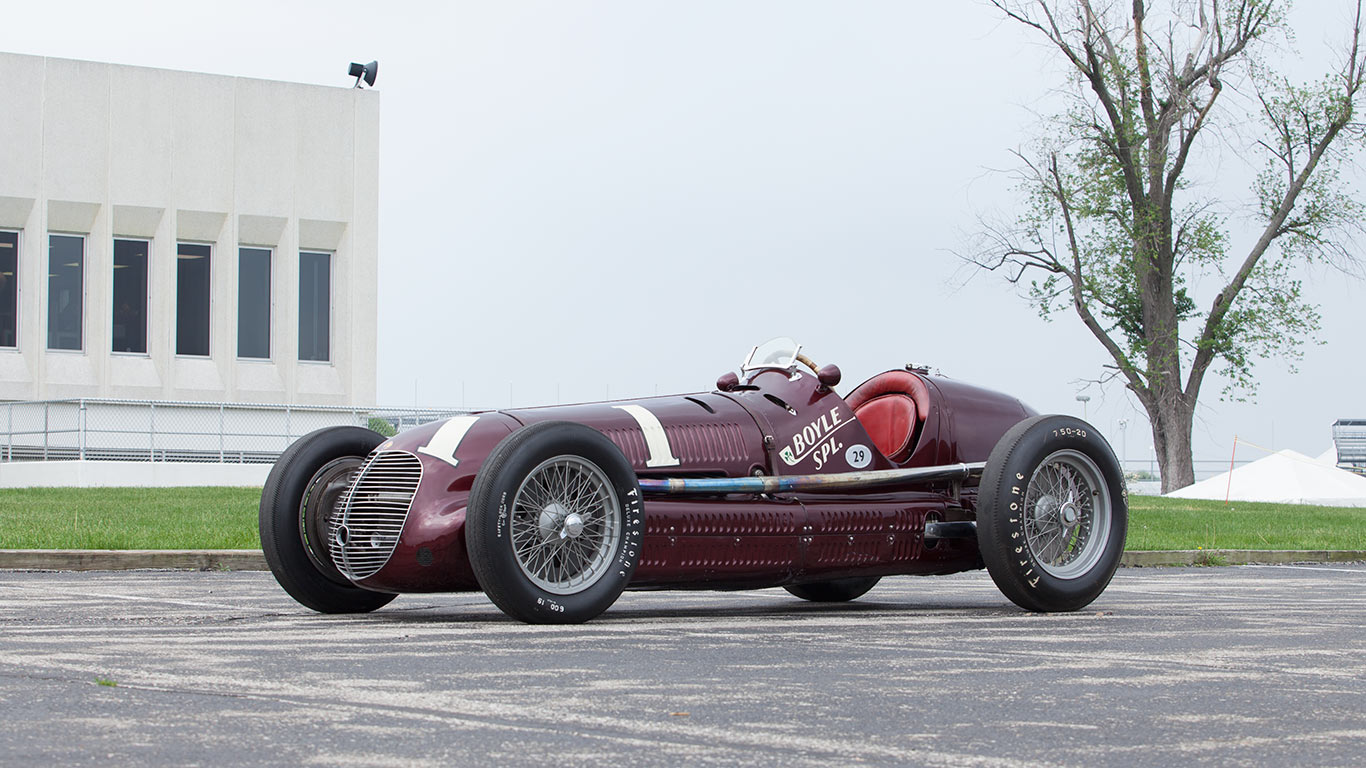

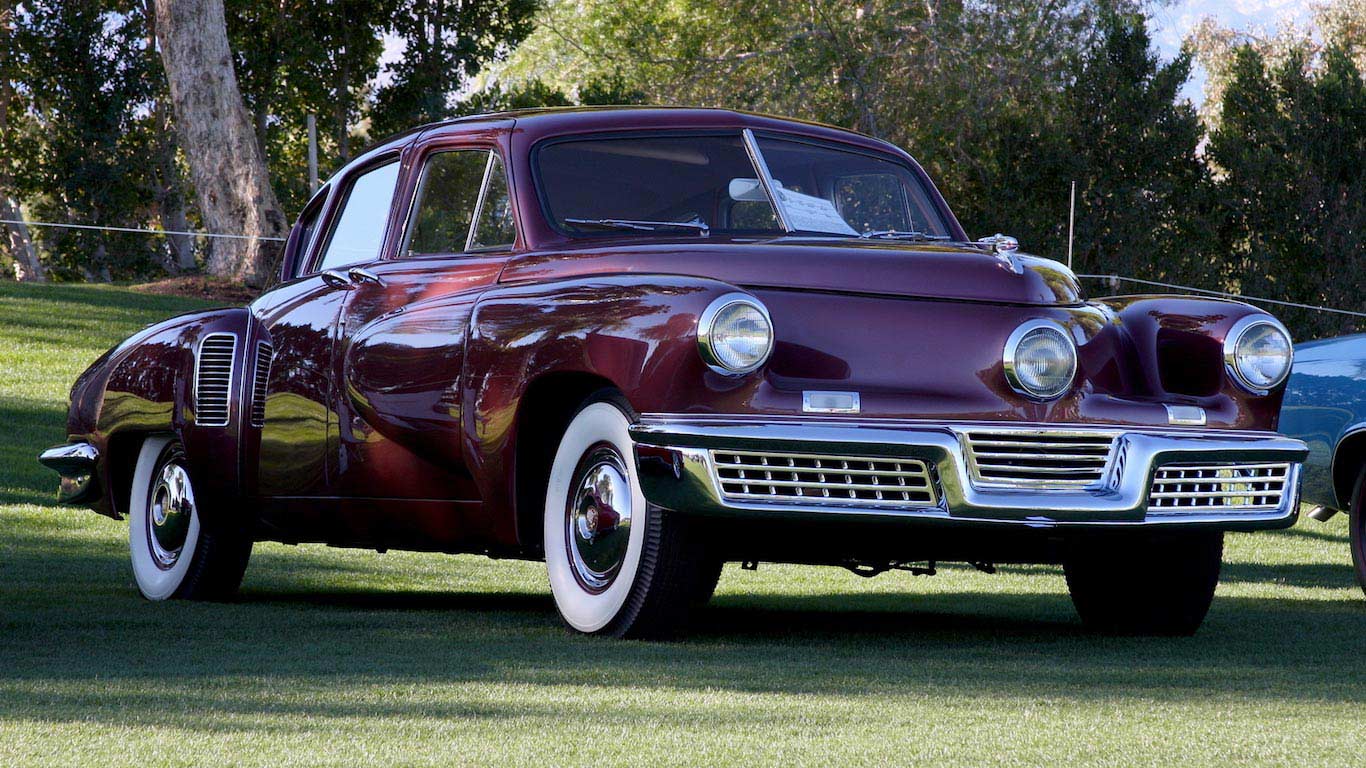
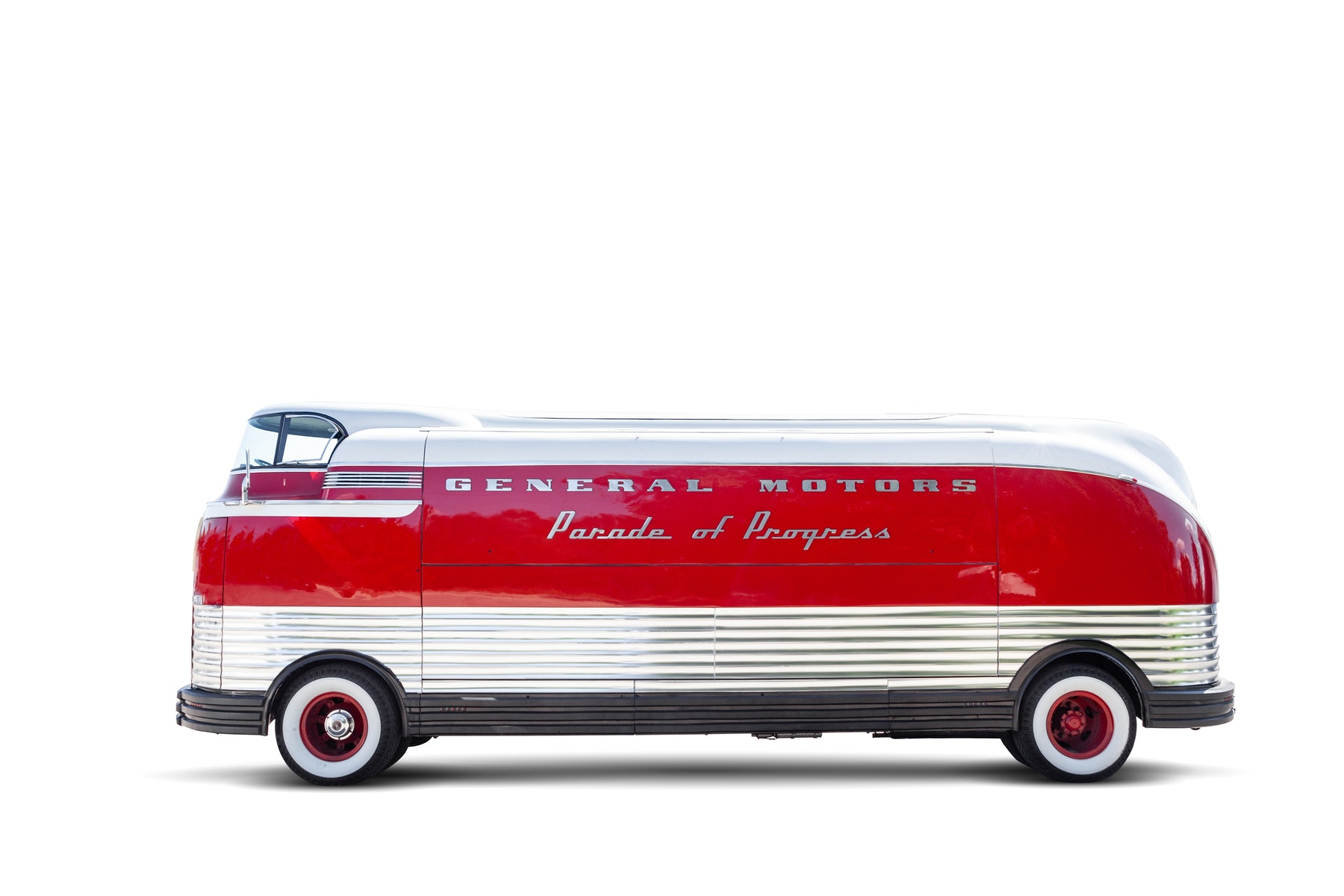



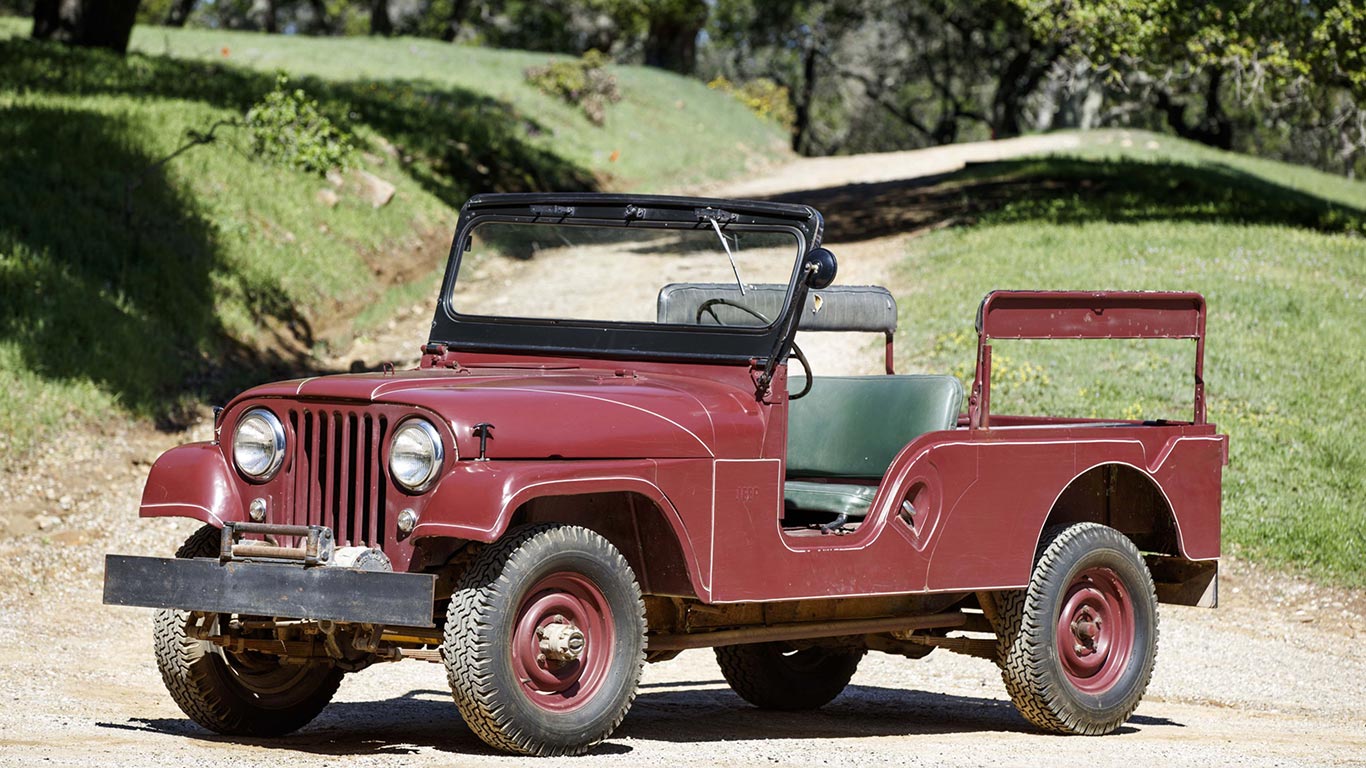
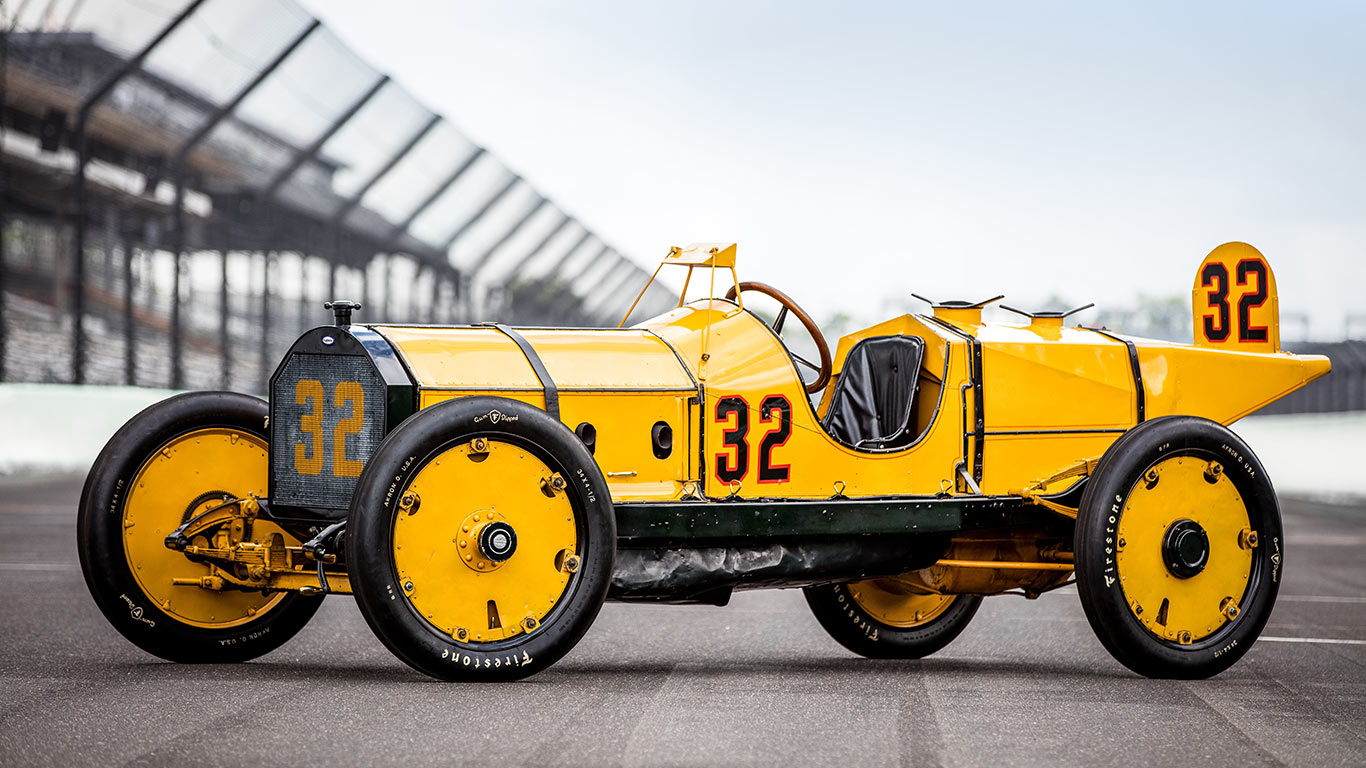
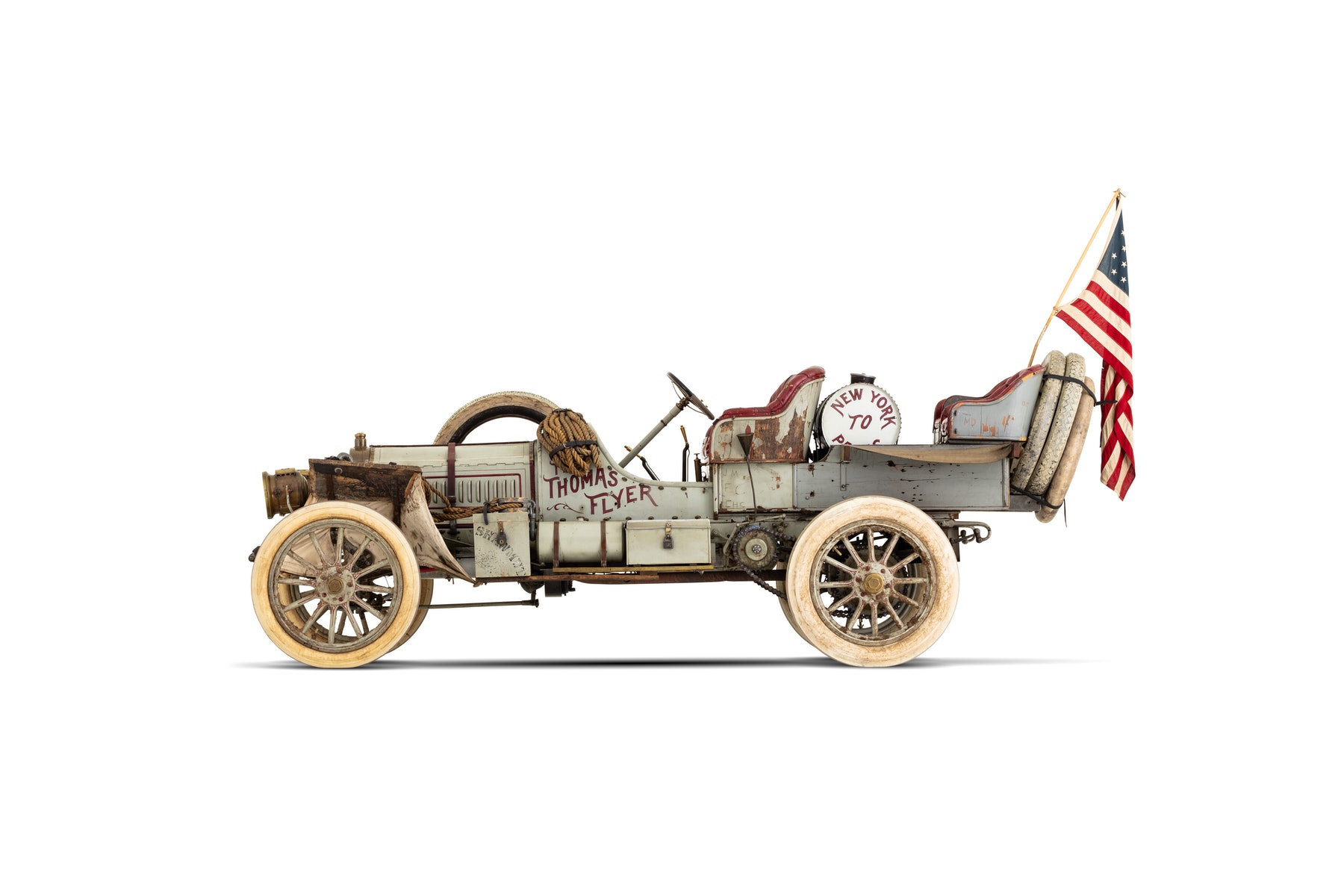 This Thomas Flyer won the 1908 New York to Paris Automobile Race. In traveling over 22,000 miles in 169 days, it is one of only three of the six competitors that completed the competition and was the only American car entered. Its margin of victory over the second place finisher was 26 days. The victory drew great attention to the early American automobile industry and world-wide recognition to America.
This Thomas Flyer won the 1908 New York to Paris Automobile Race. In traveling over 22,000 miles in 169 days, it is one of only three of the six competitors that completed the competition and was the only American car entered. Its margin of victory over the second place finisher was 26 days. The victory drew great attention to the early American automobile industry and world-wide recognition to America.
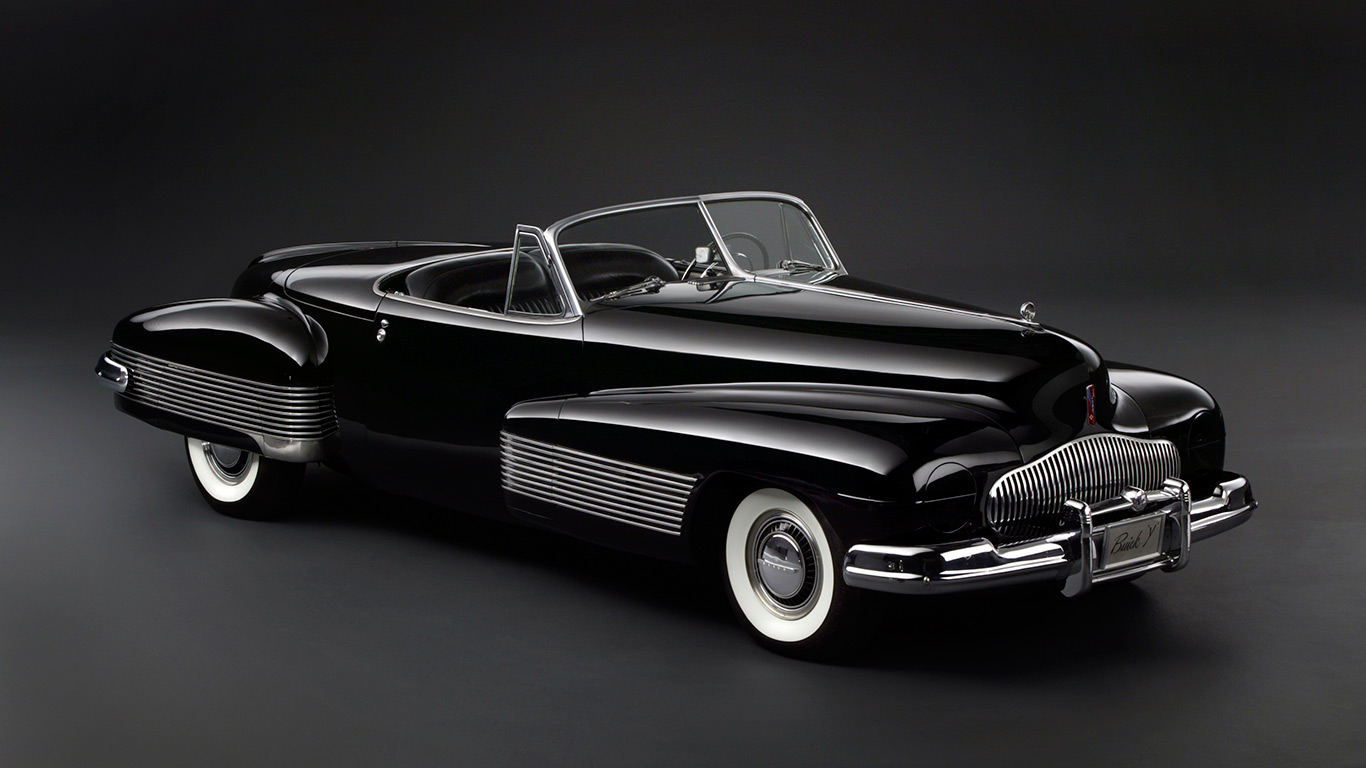



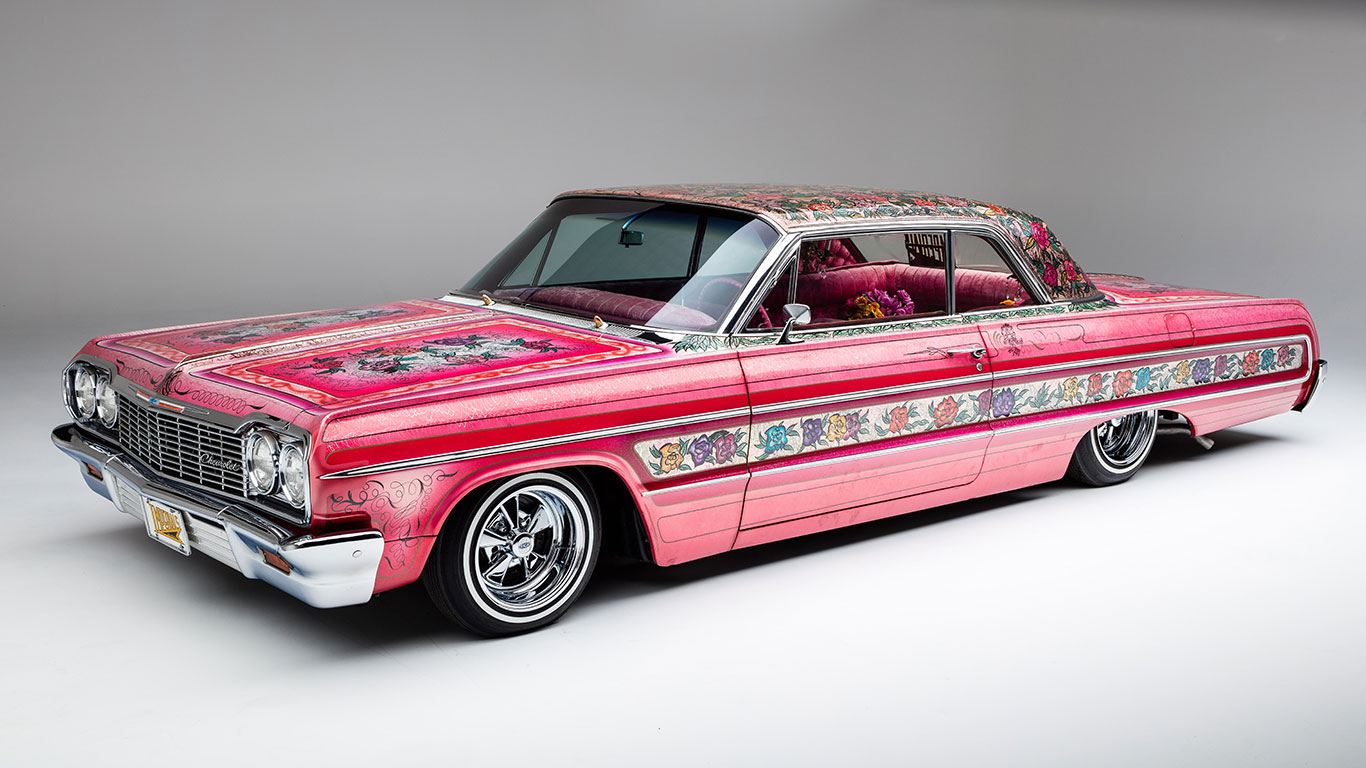


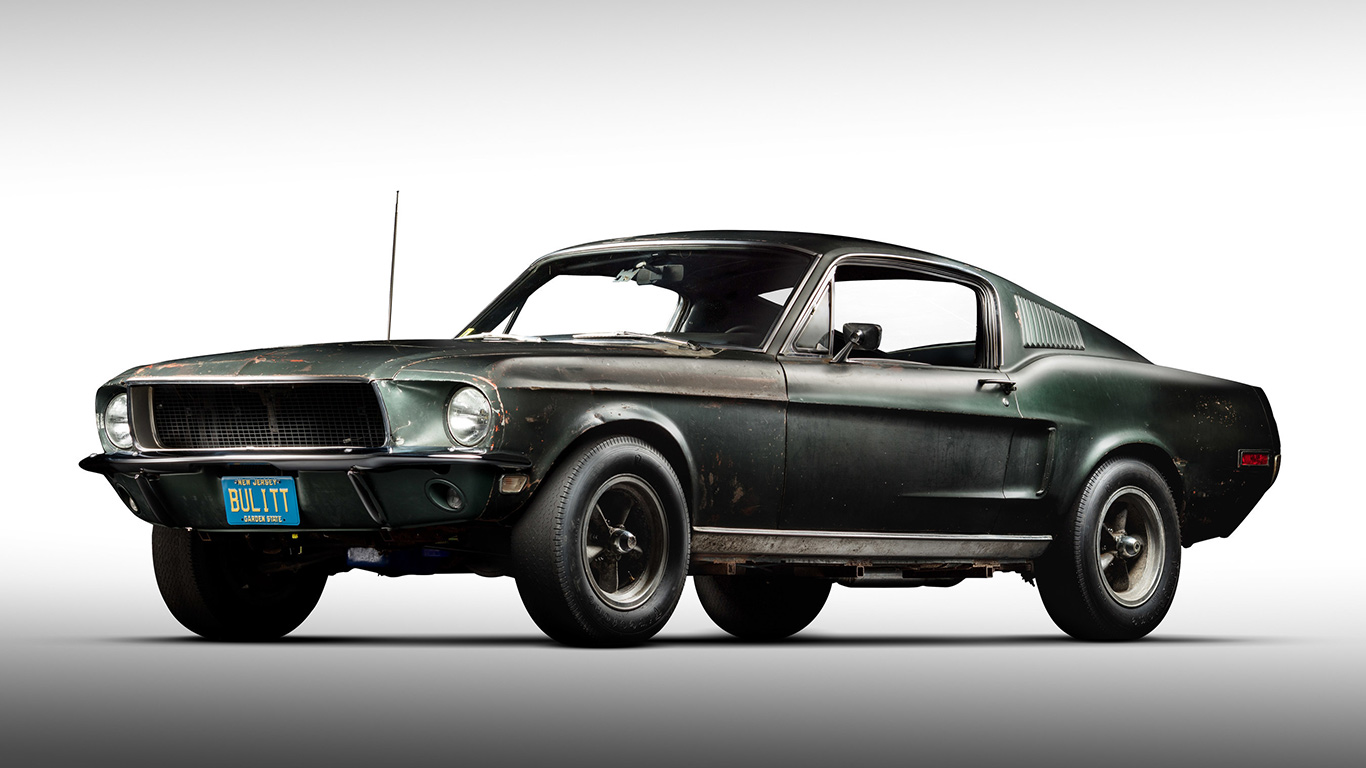
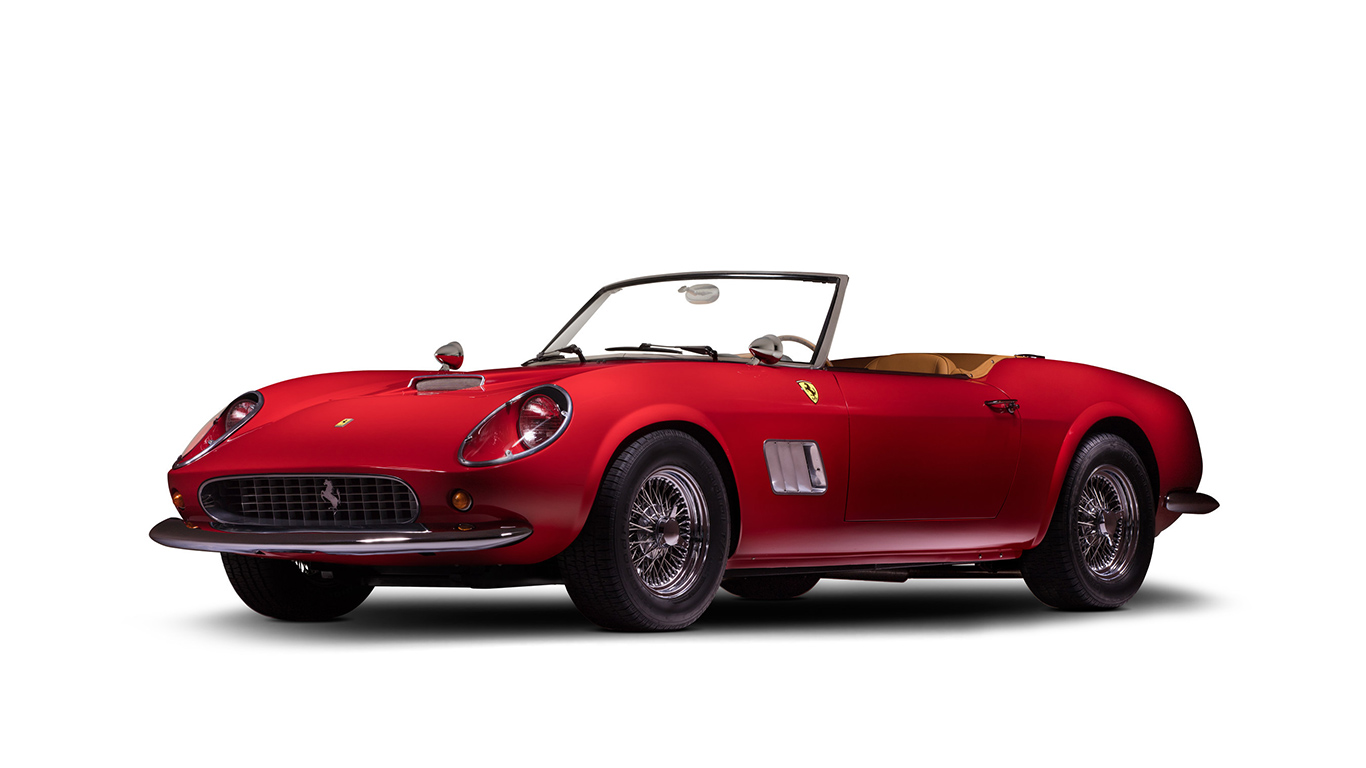
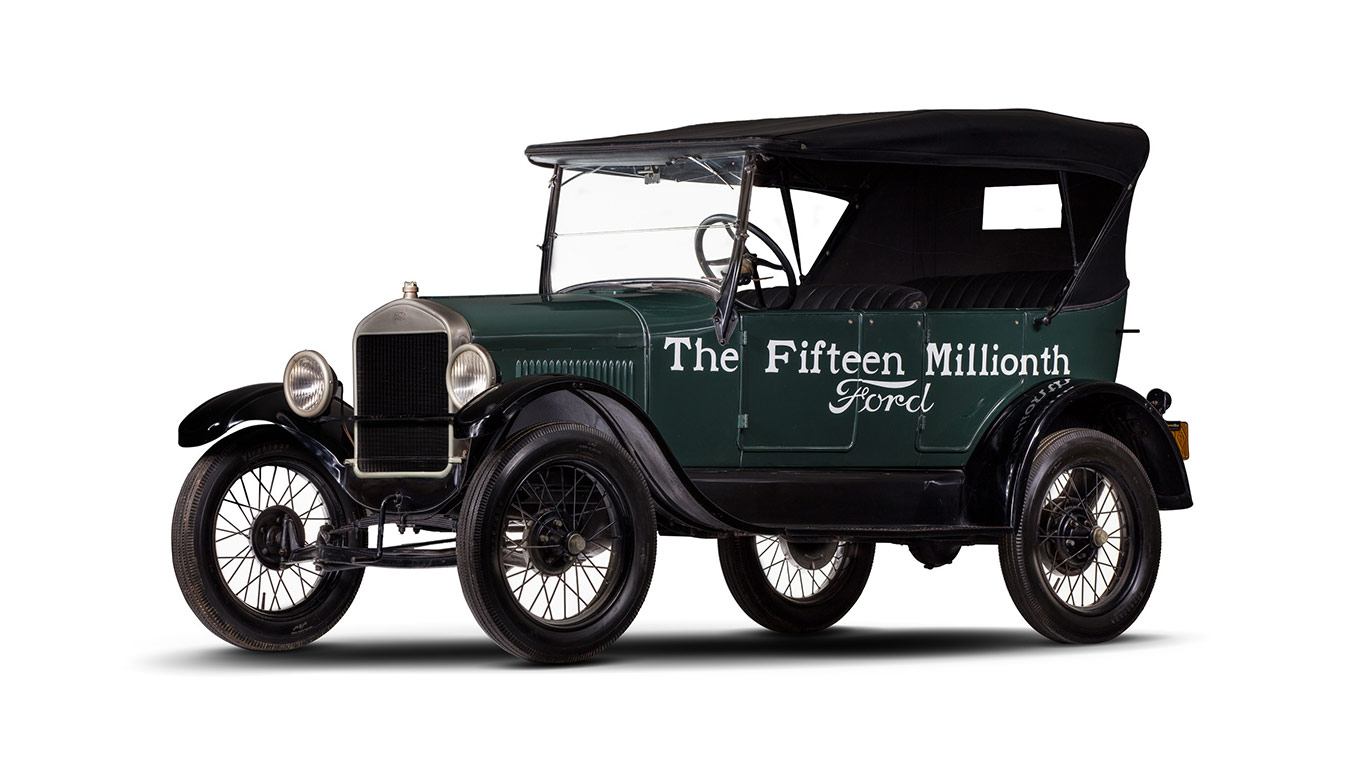
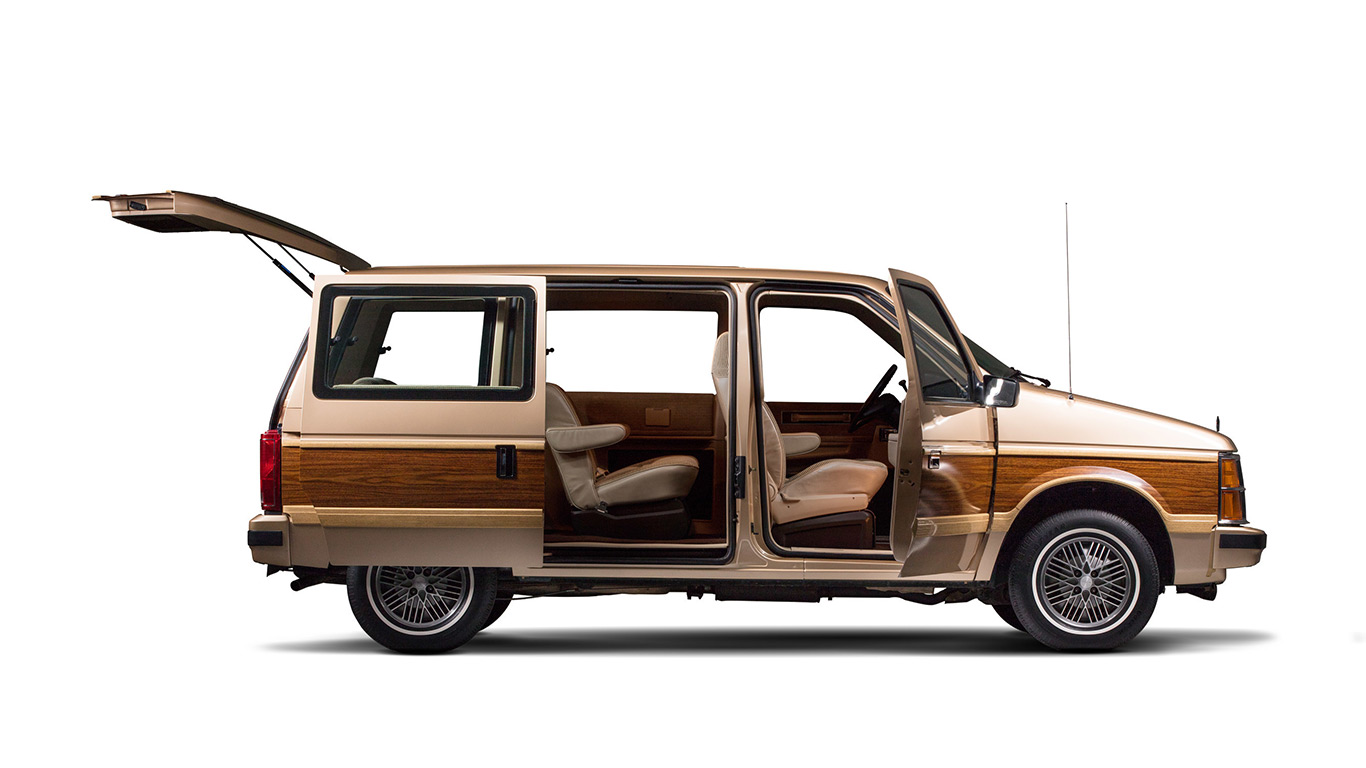





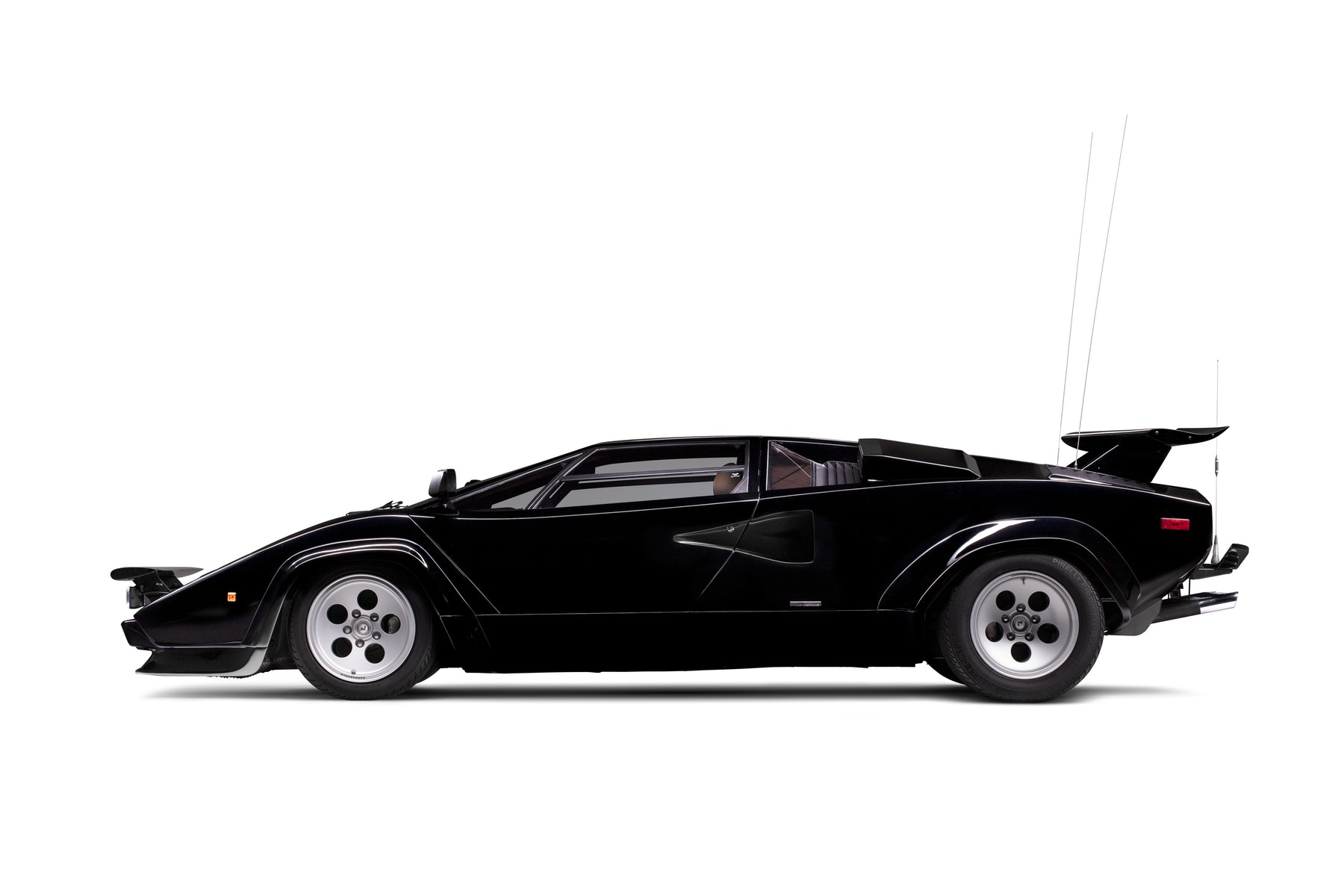

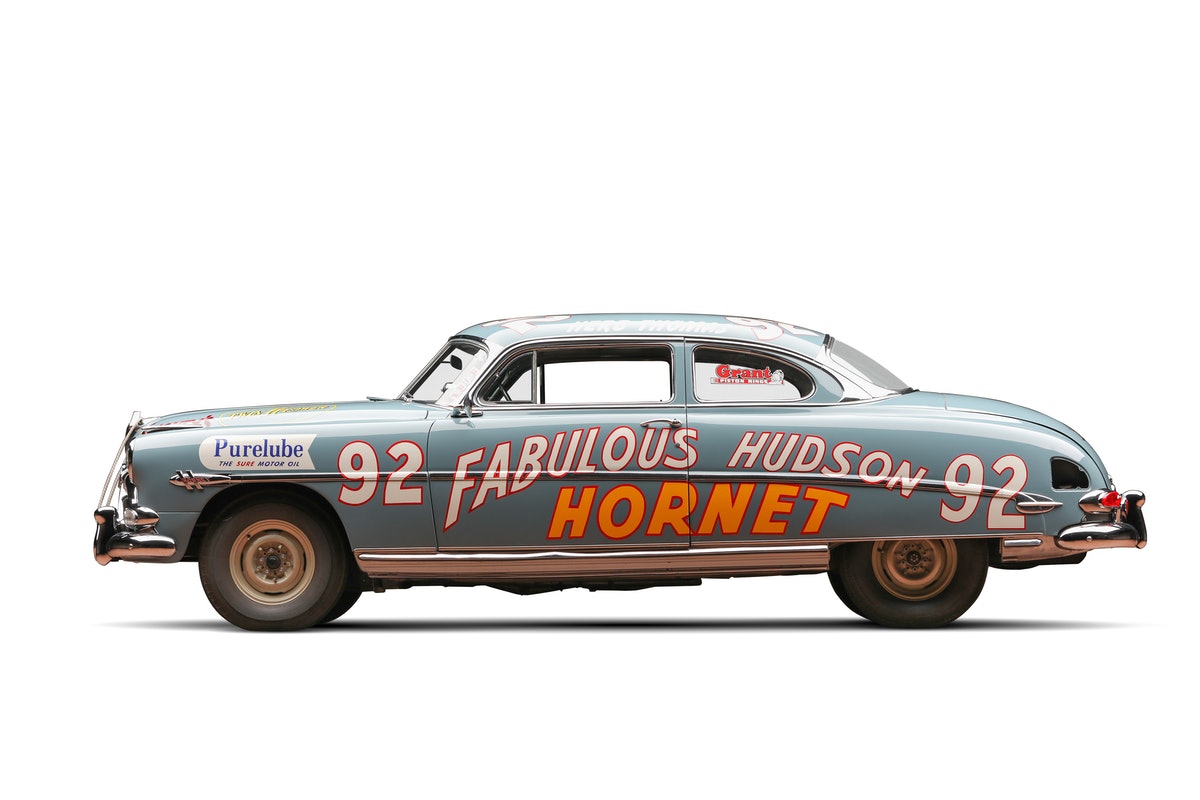

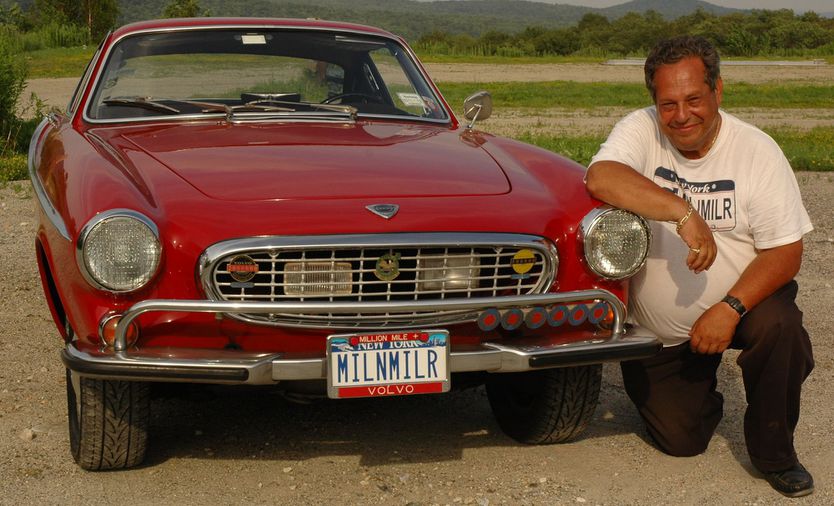

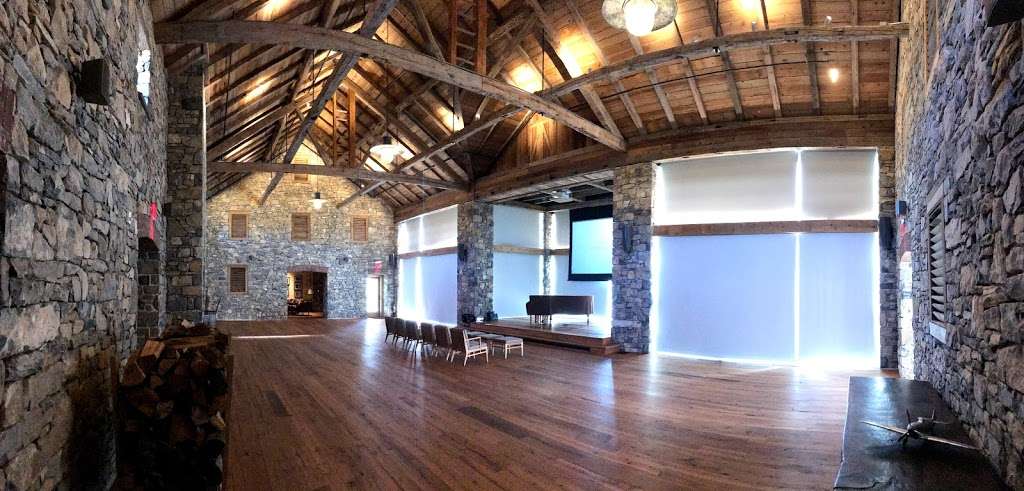
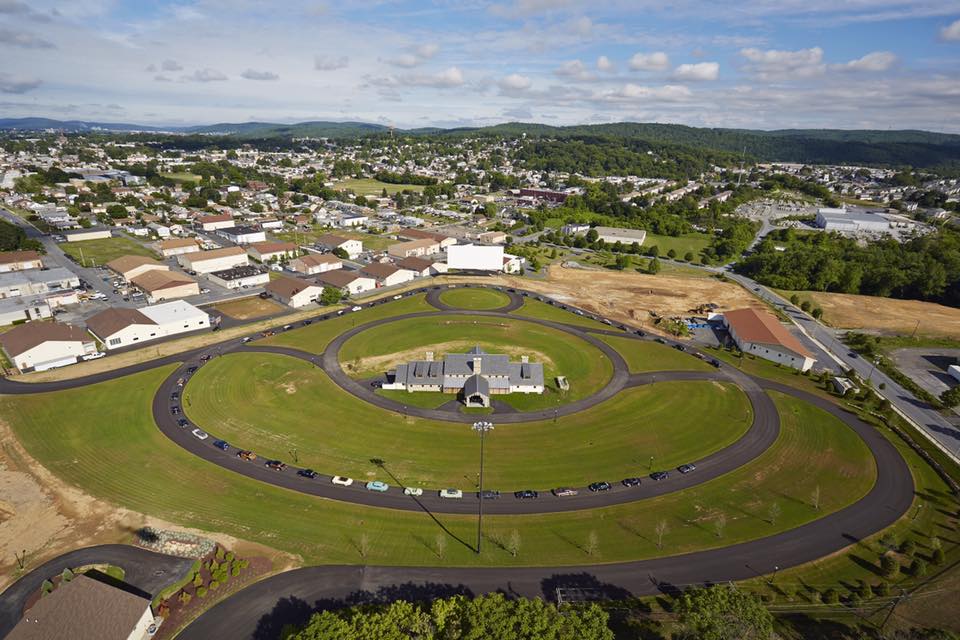

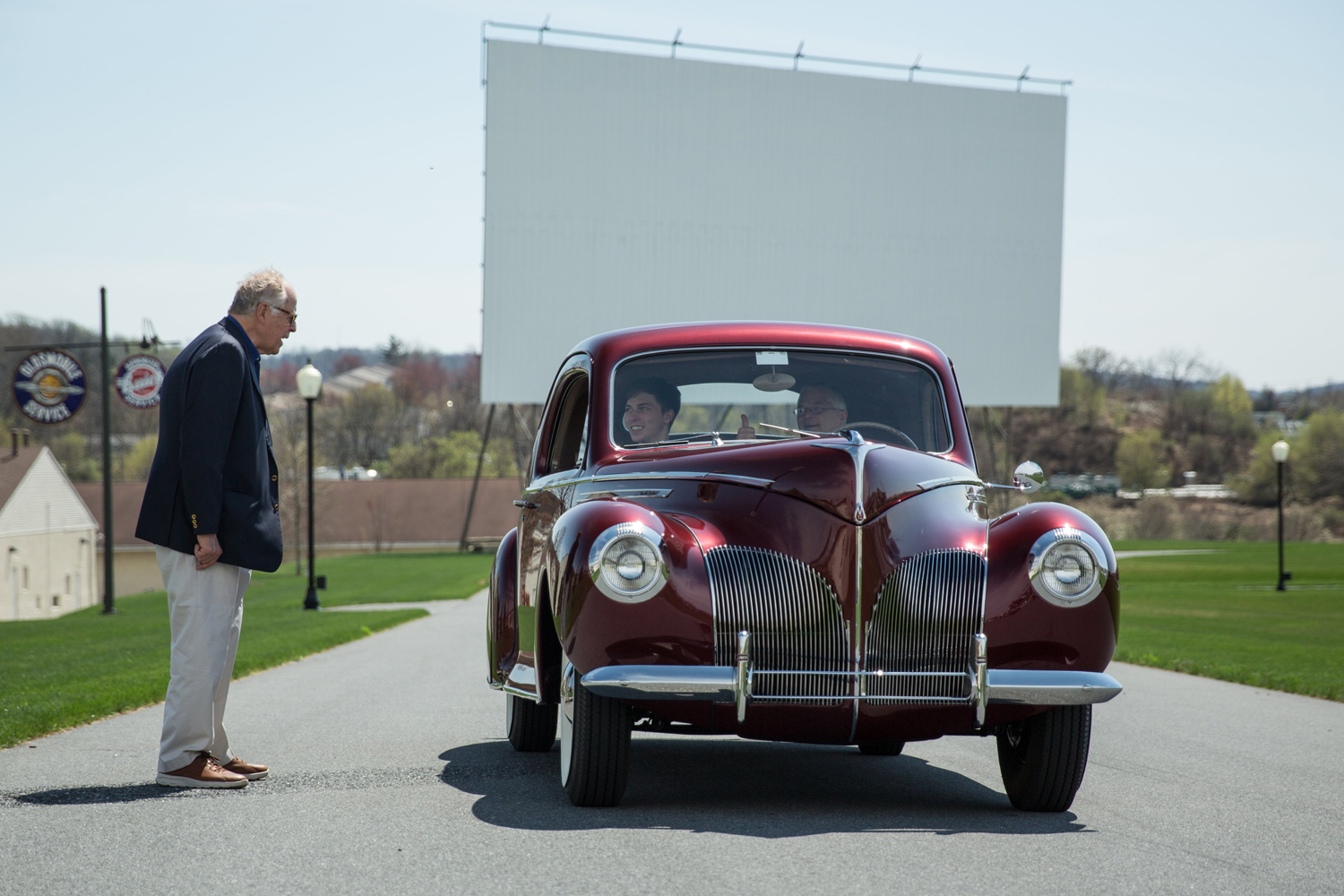
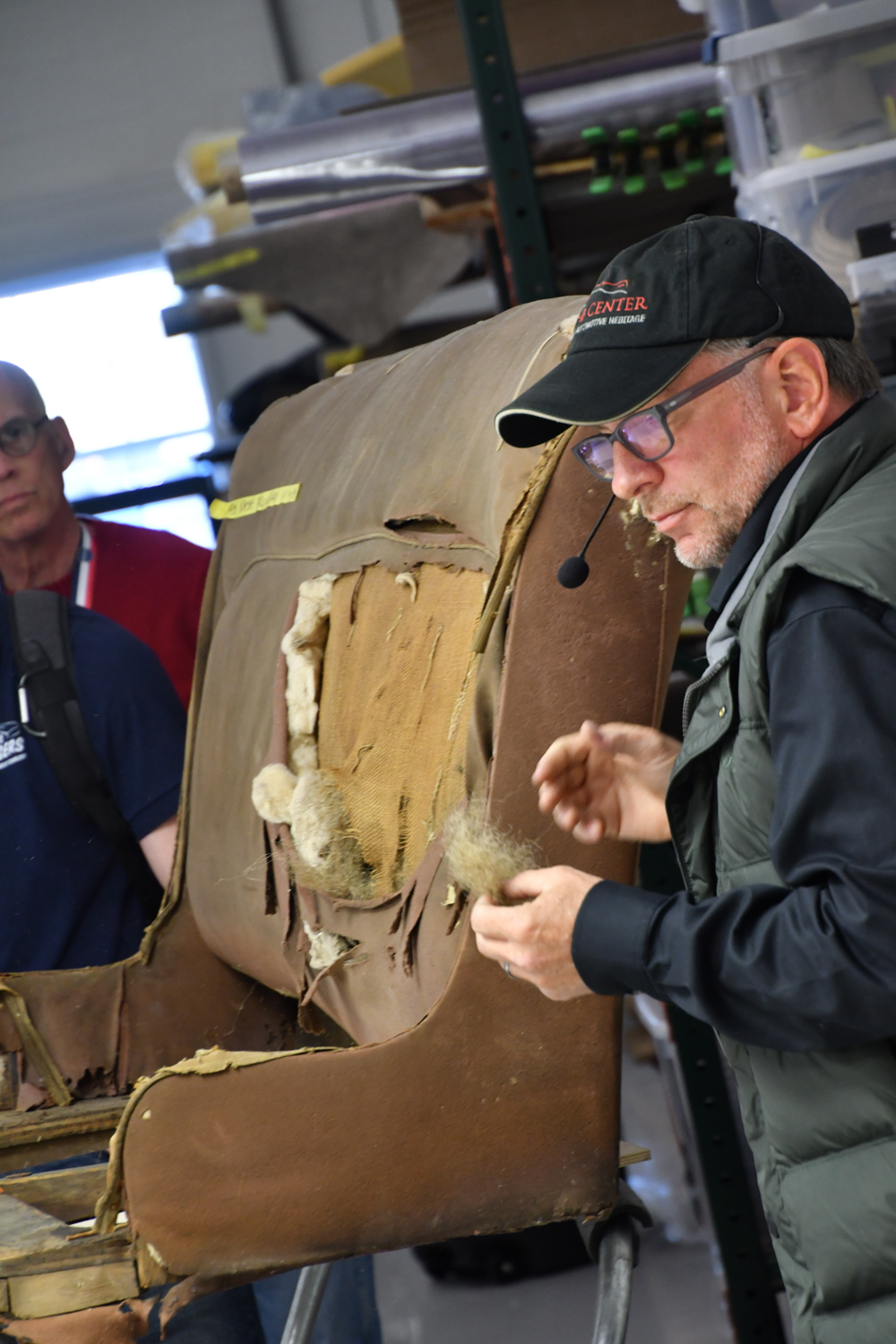

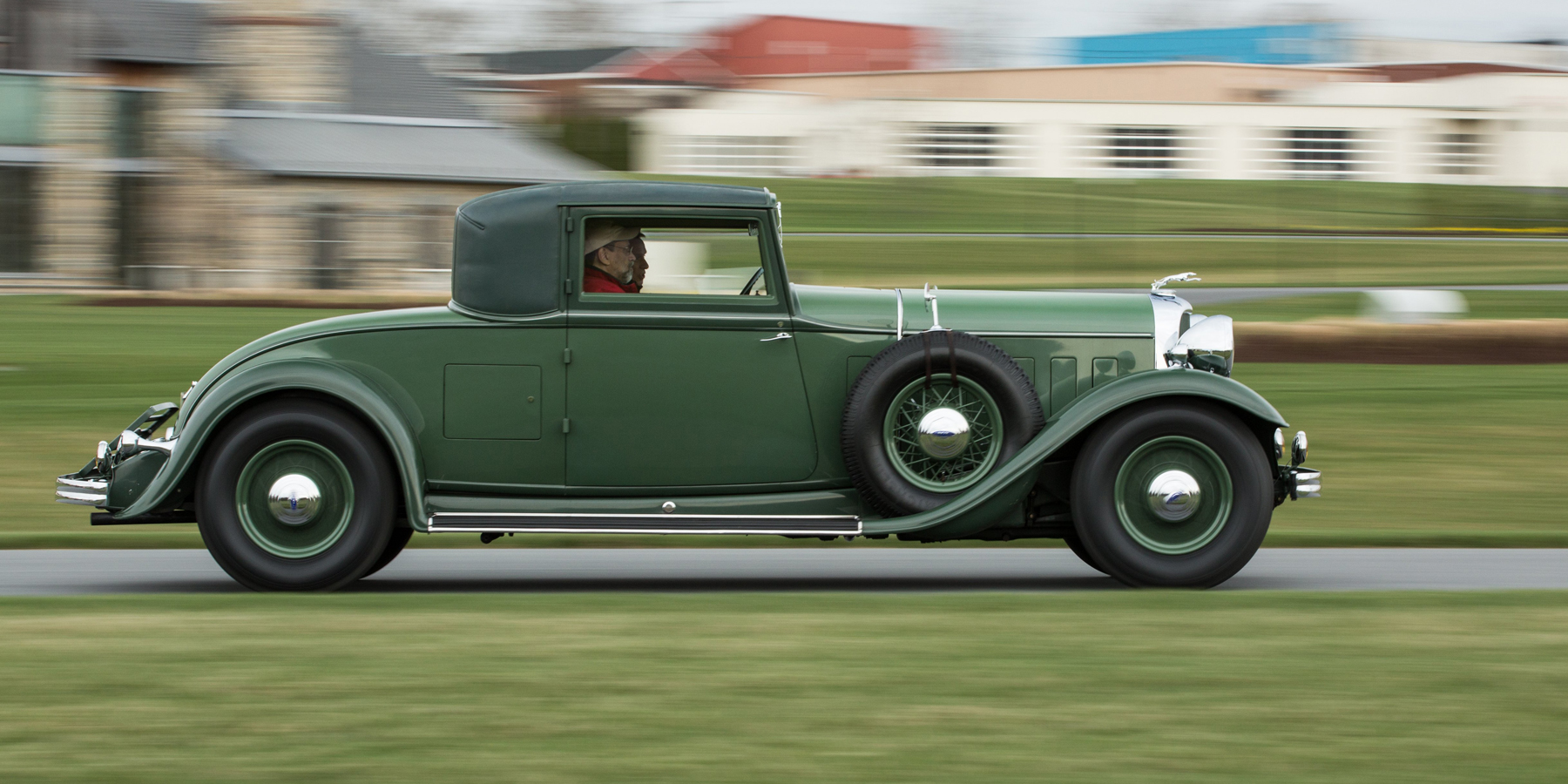
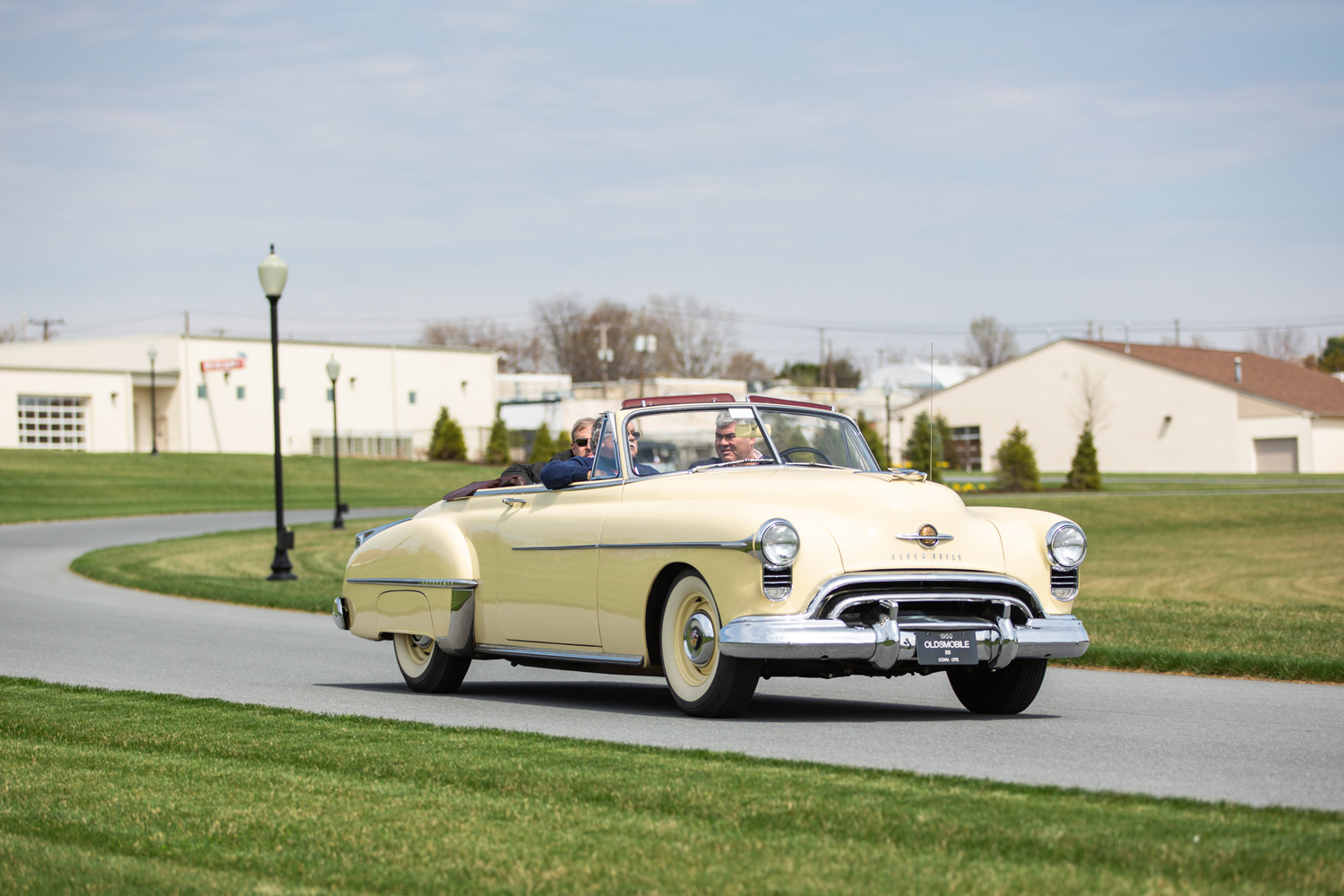


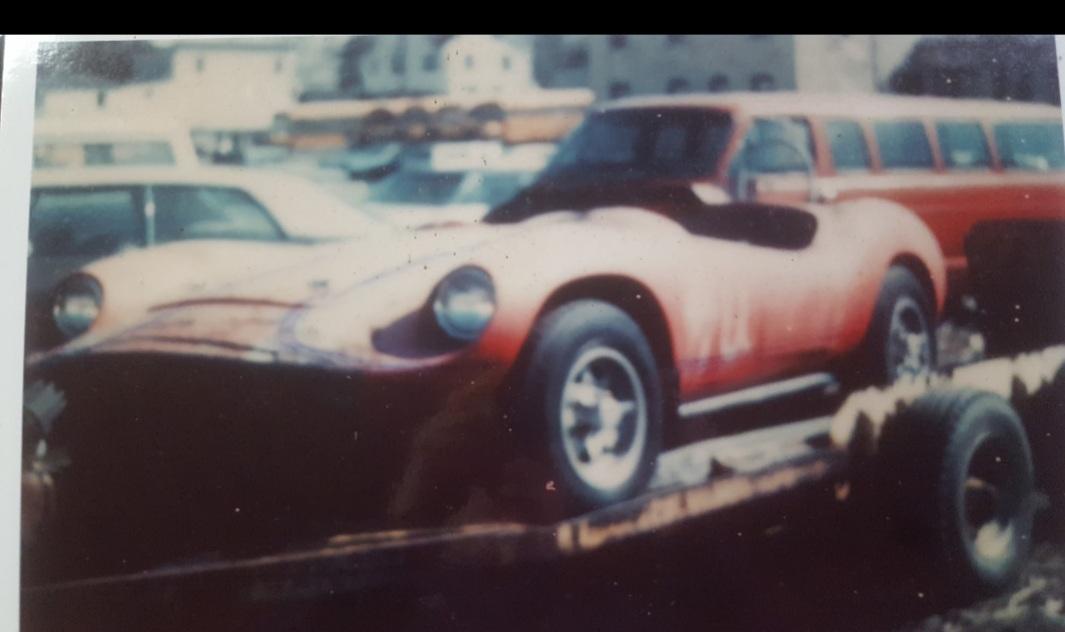

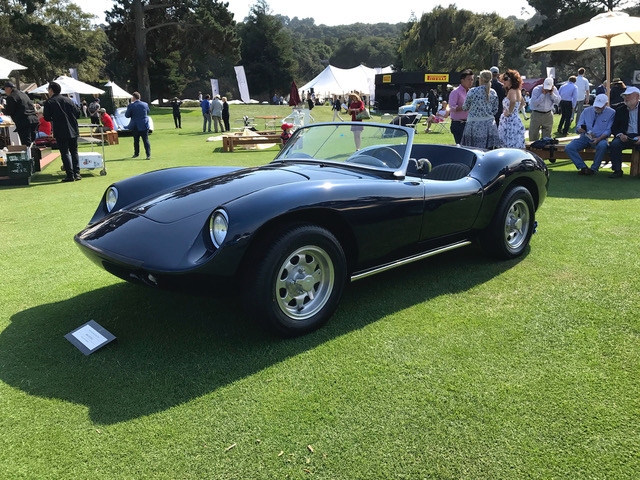



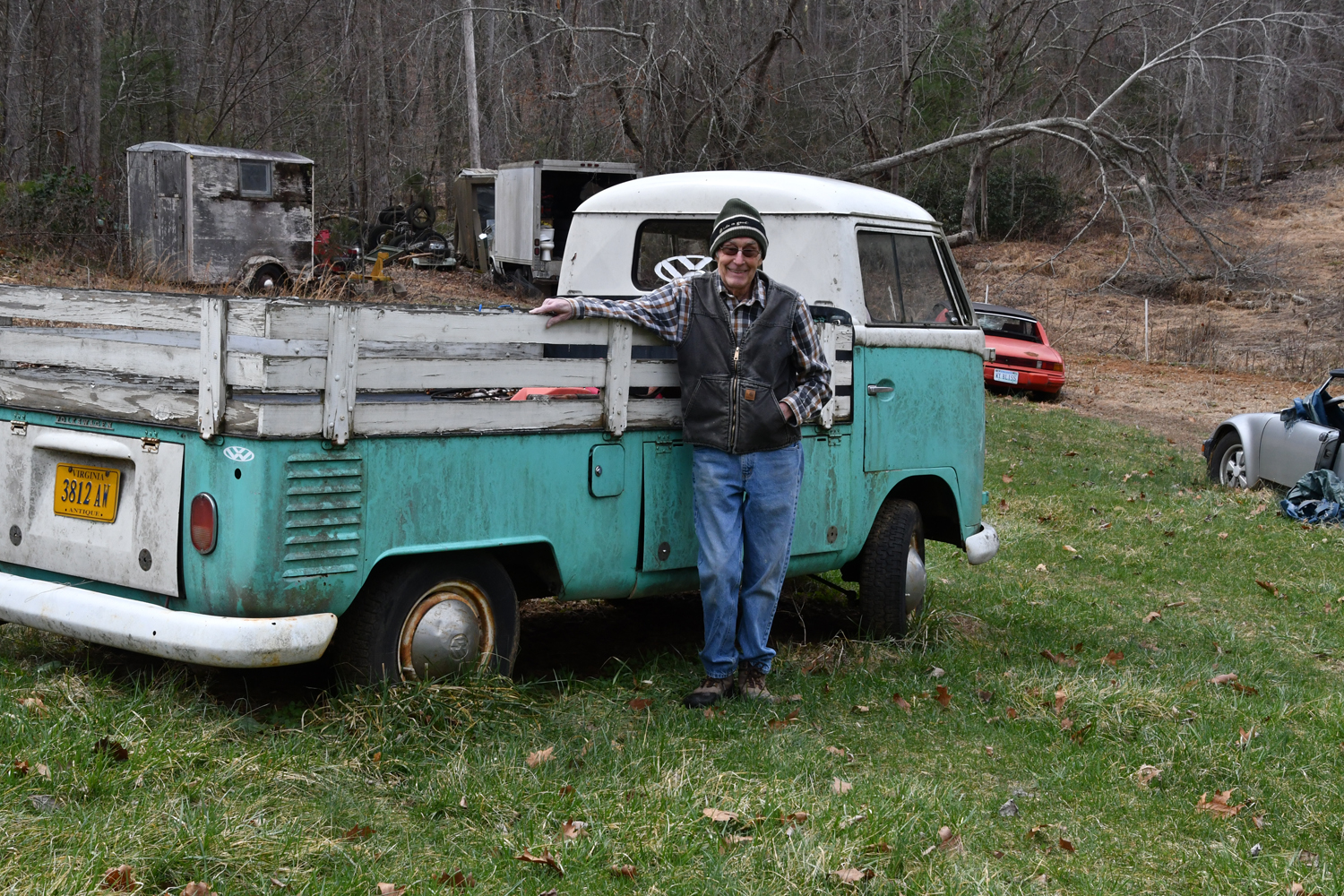
 My determination took me down to the base of the steep slope in search of answers and access to the, apparently, once loved but now forlorn trio. I snaked my way along a narrow descending dirt road that brought the field closer. Arriving at a rustic country home, I sought someone capable of answering the question ”what’s the story behind the orphans in the field?”
My determination took me down to the base of the steep slope in search of answers and access to the, apparently, once loved but now forlorn trio. I snaked my way along a narrow descending dirt road that brought the field closer. Arriving at a rustic country home, I sought someone capable of answering the question ”what’s the story behind the orphans in the field?”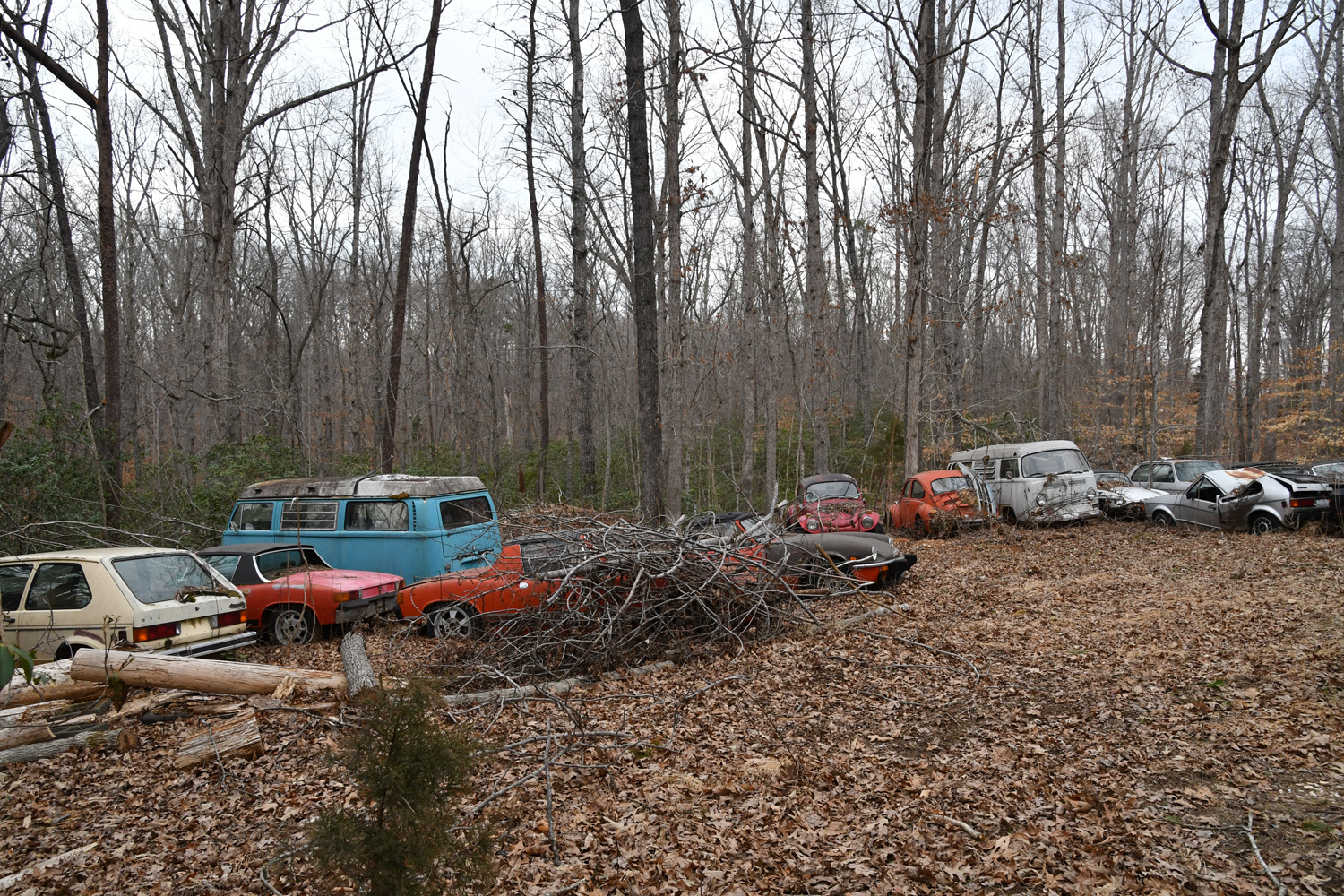
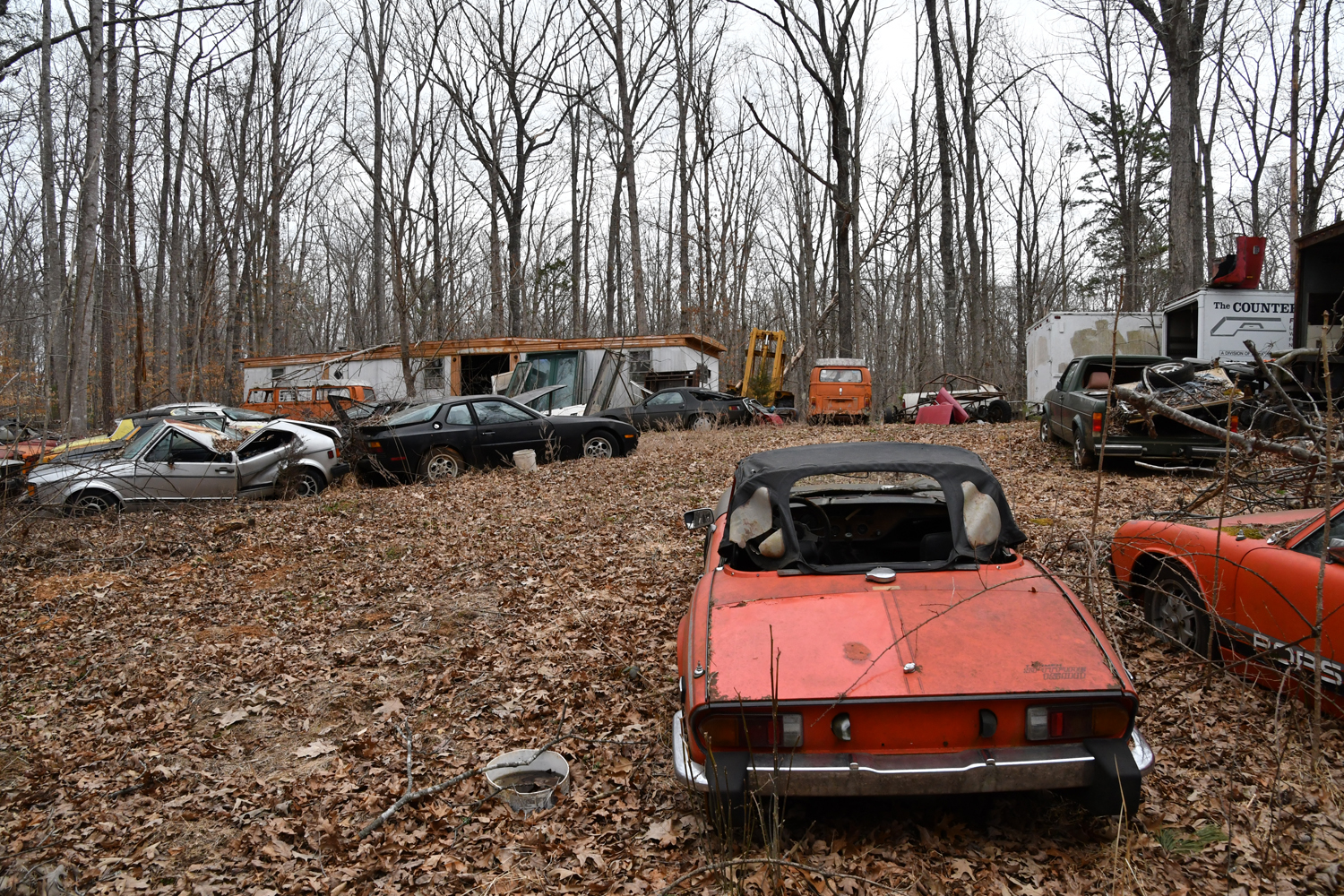
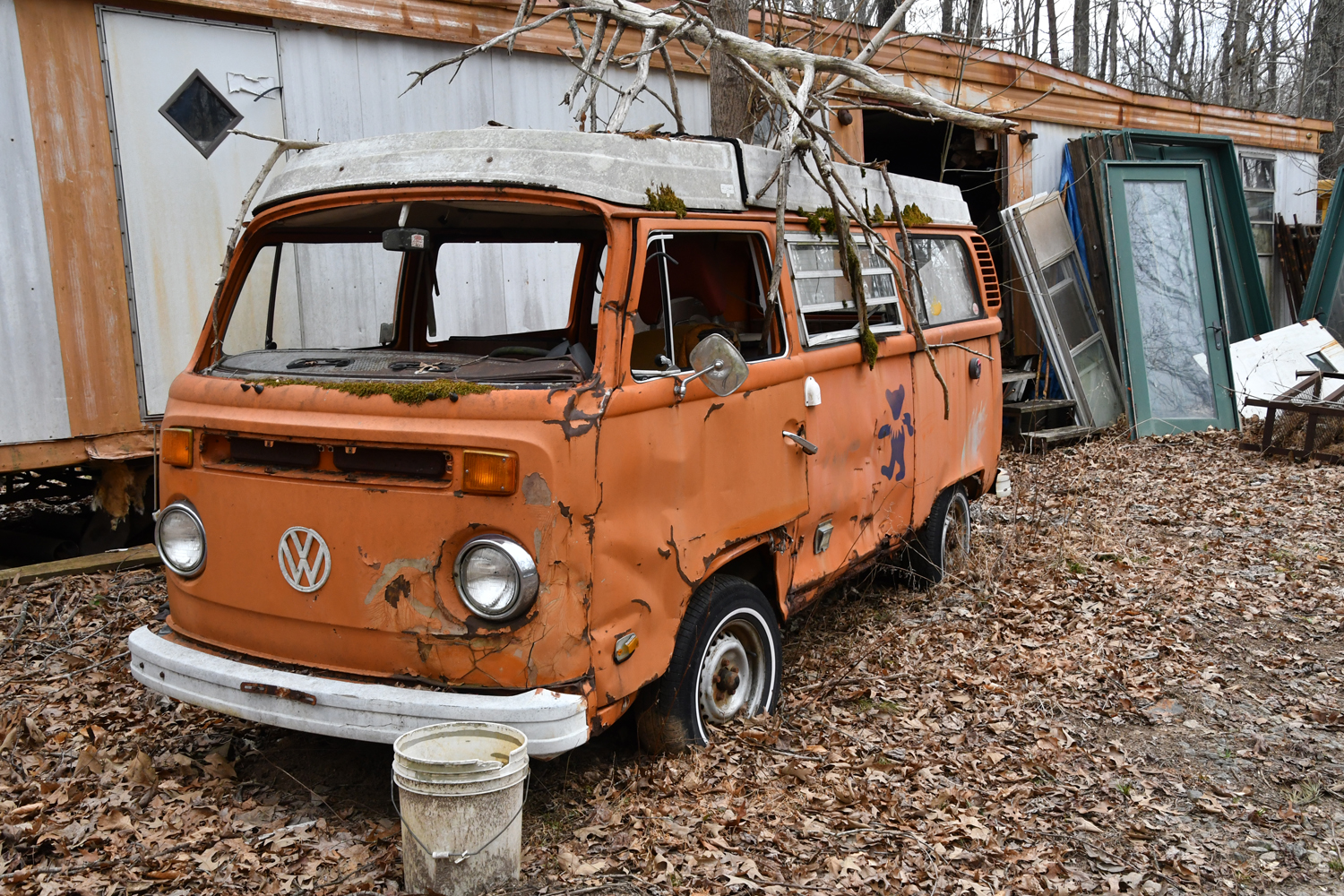




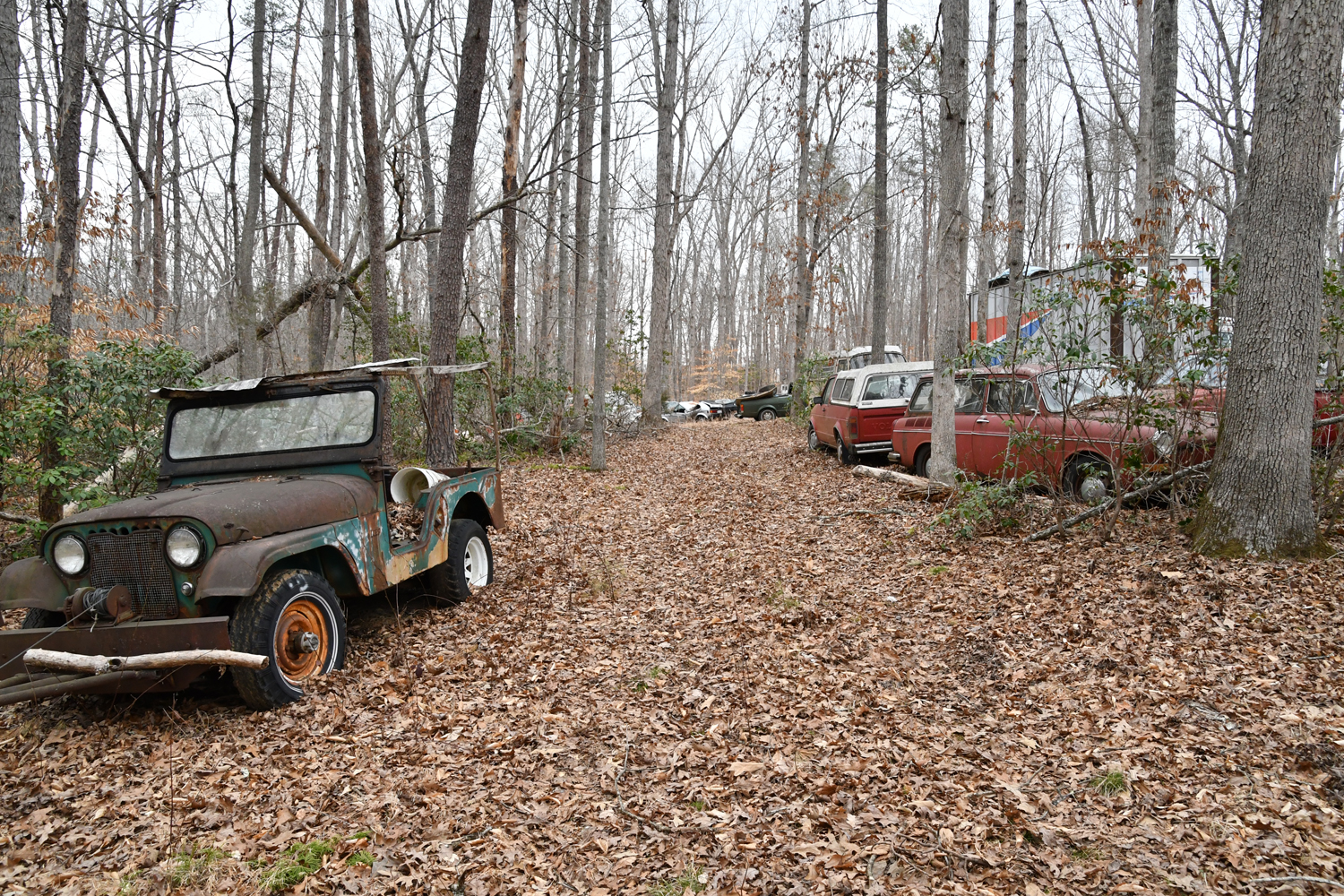

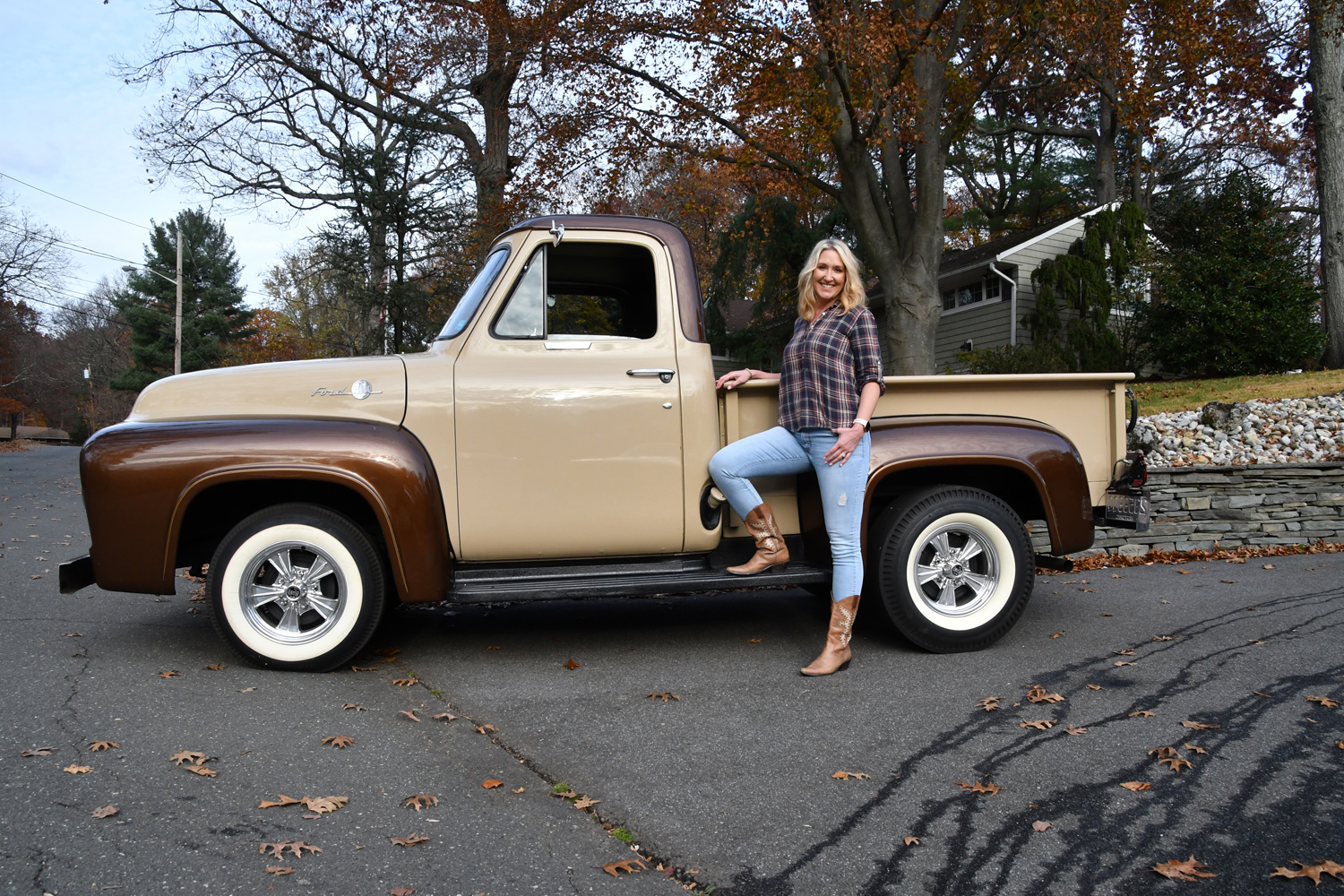
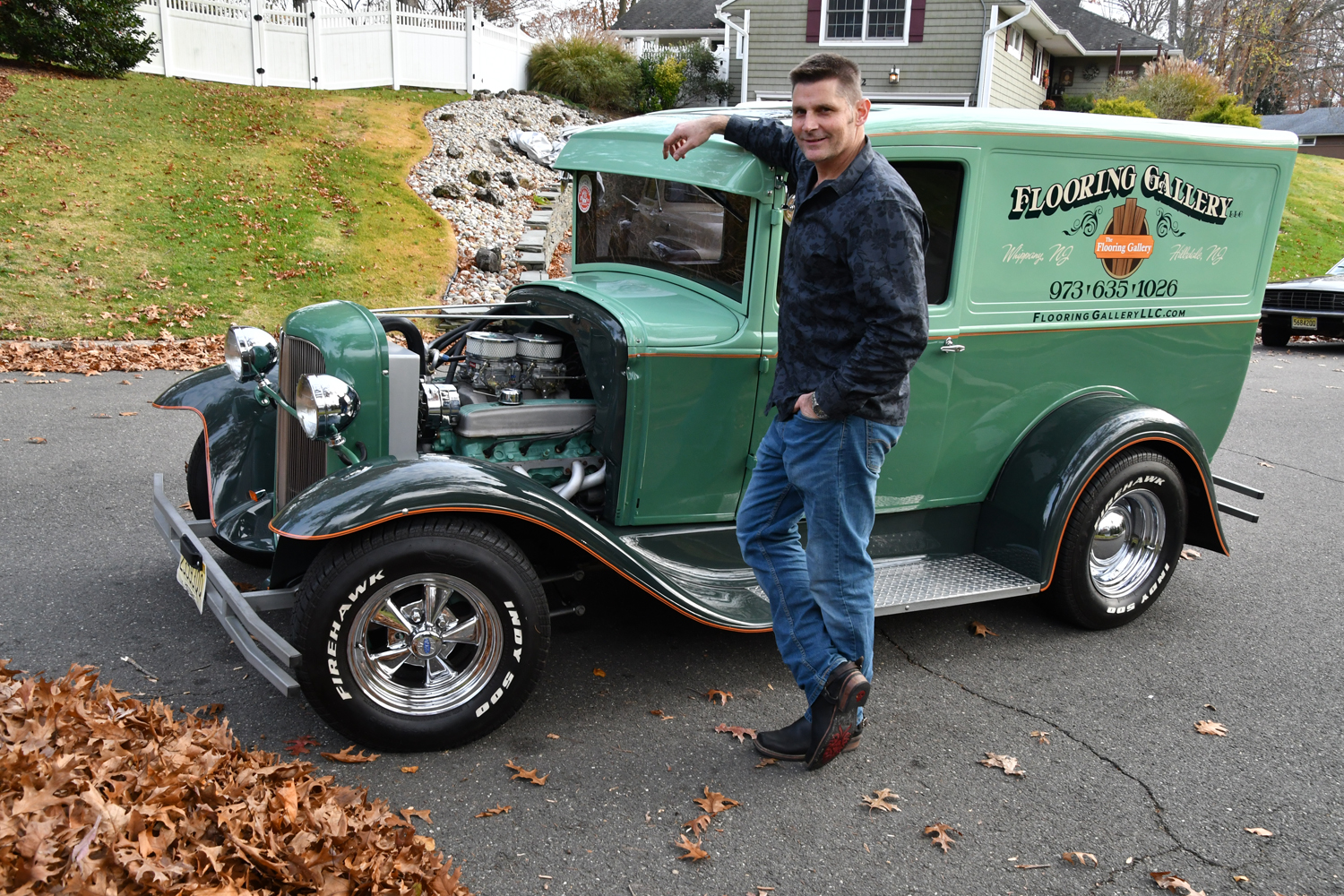
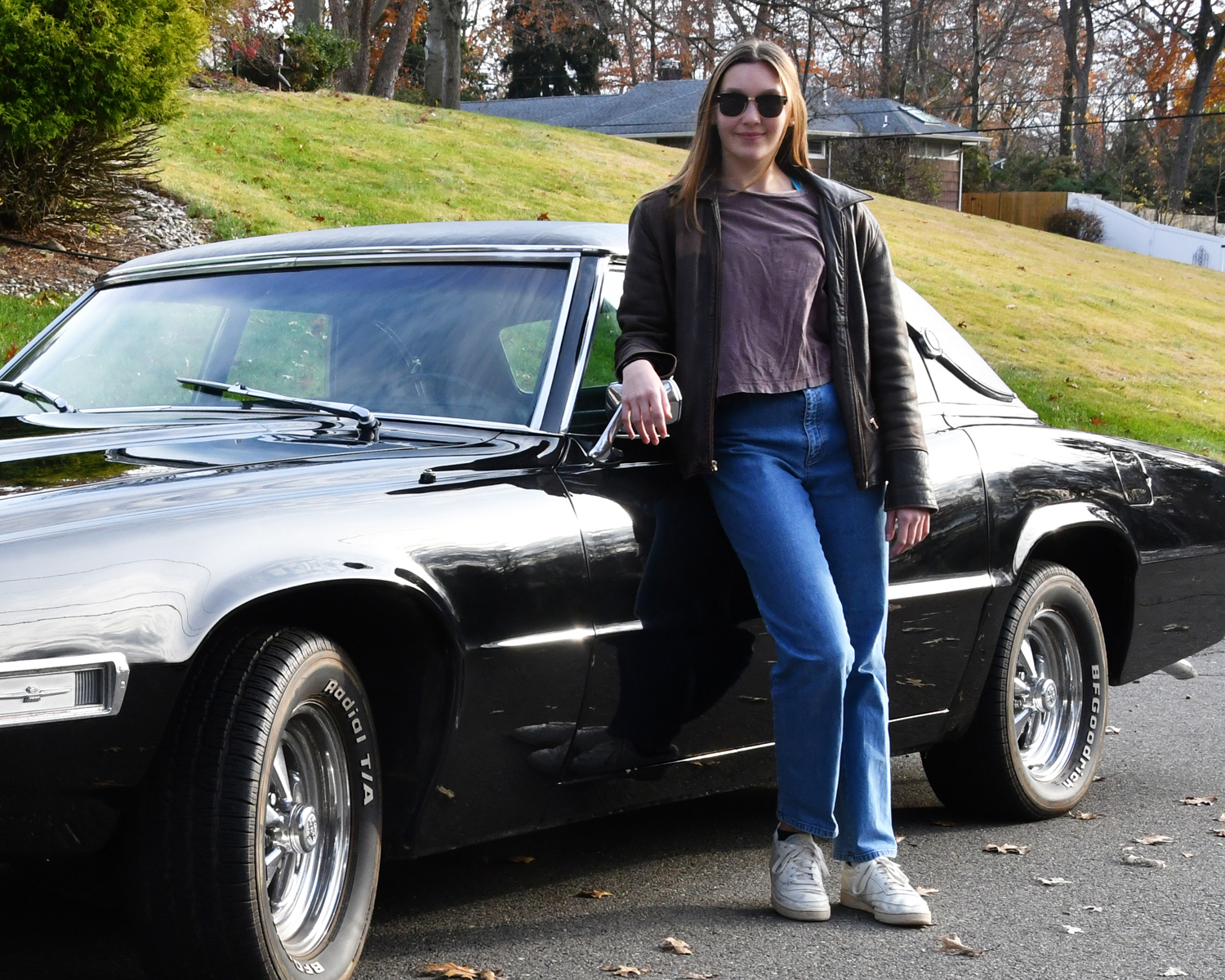
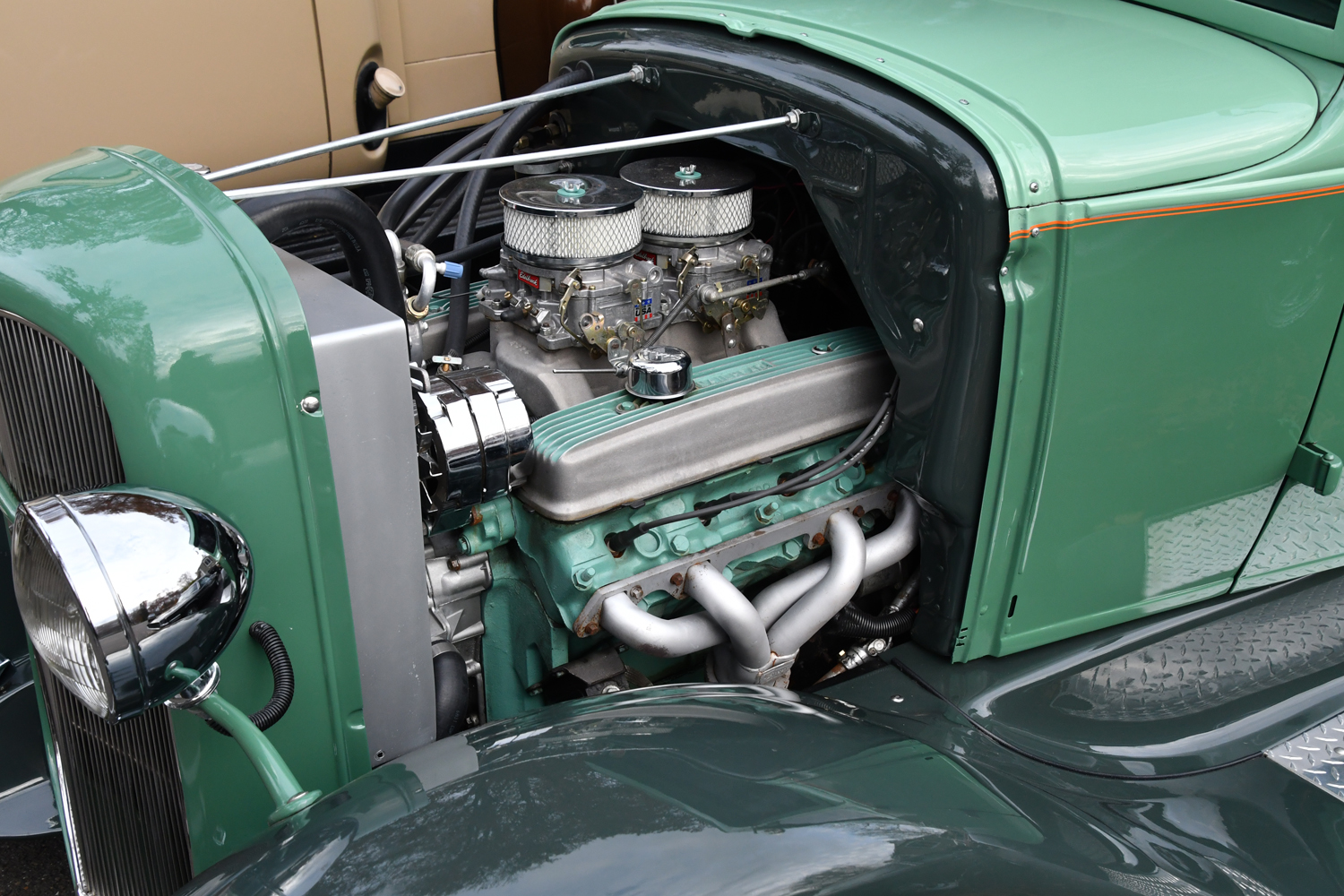



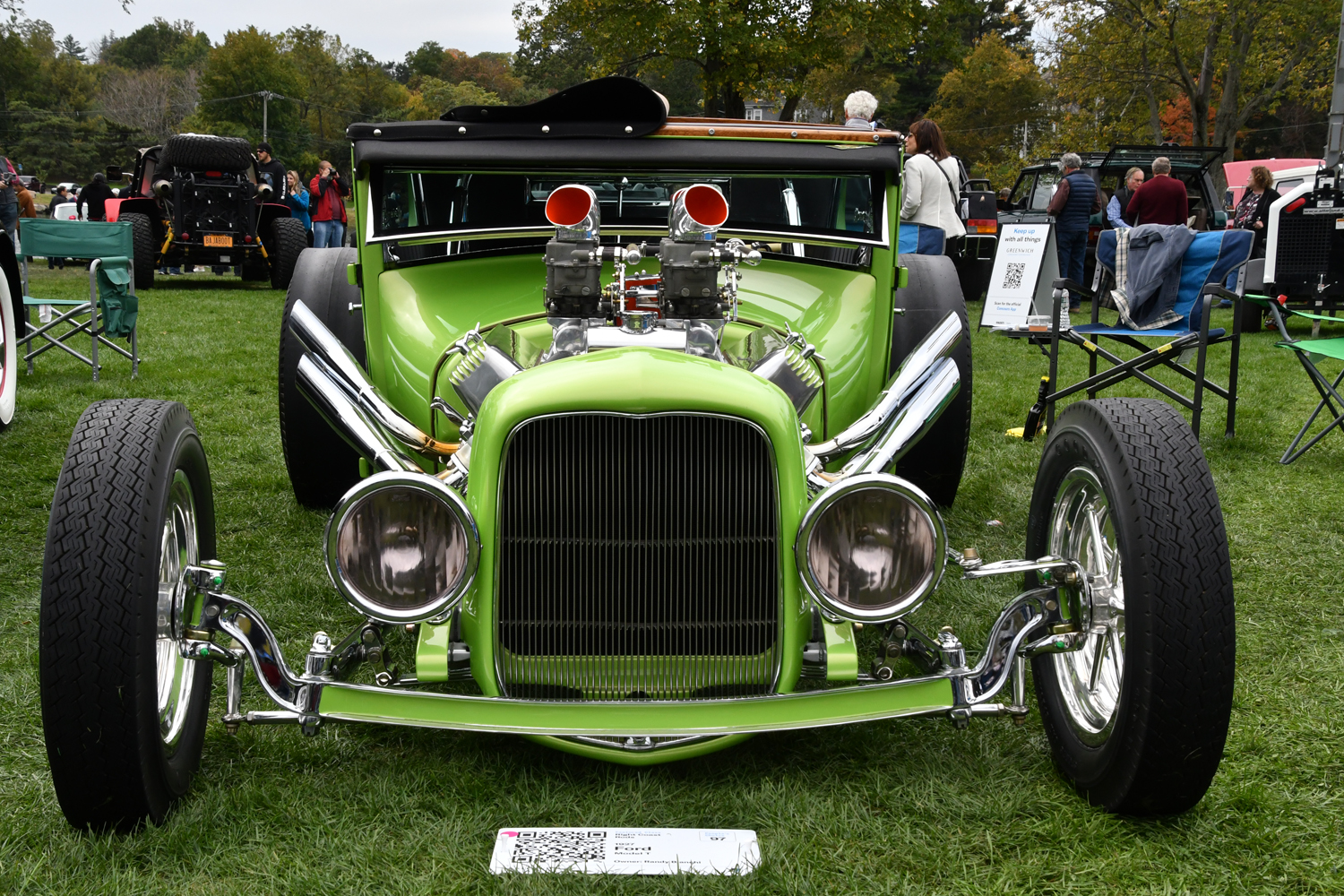




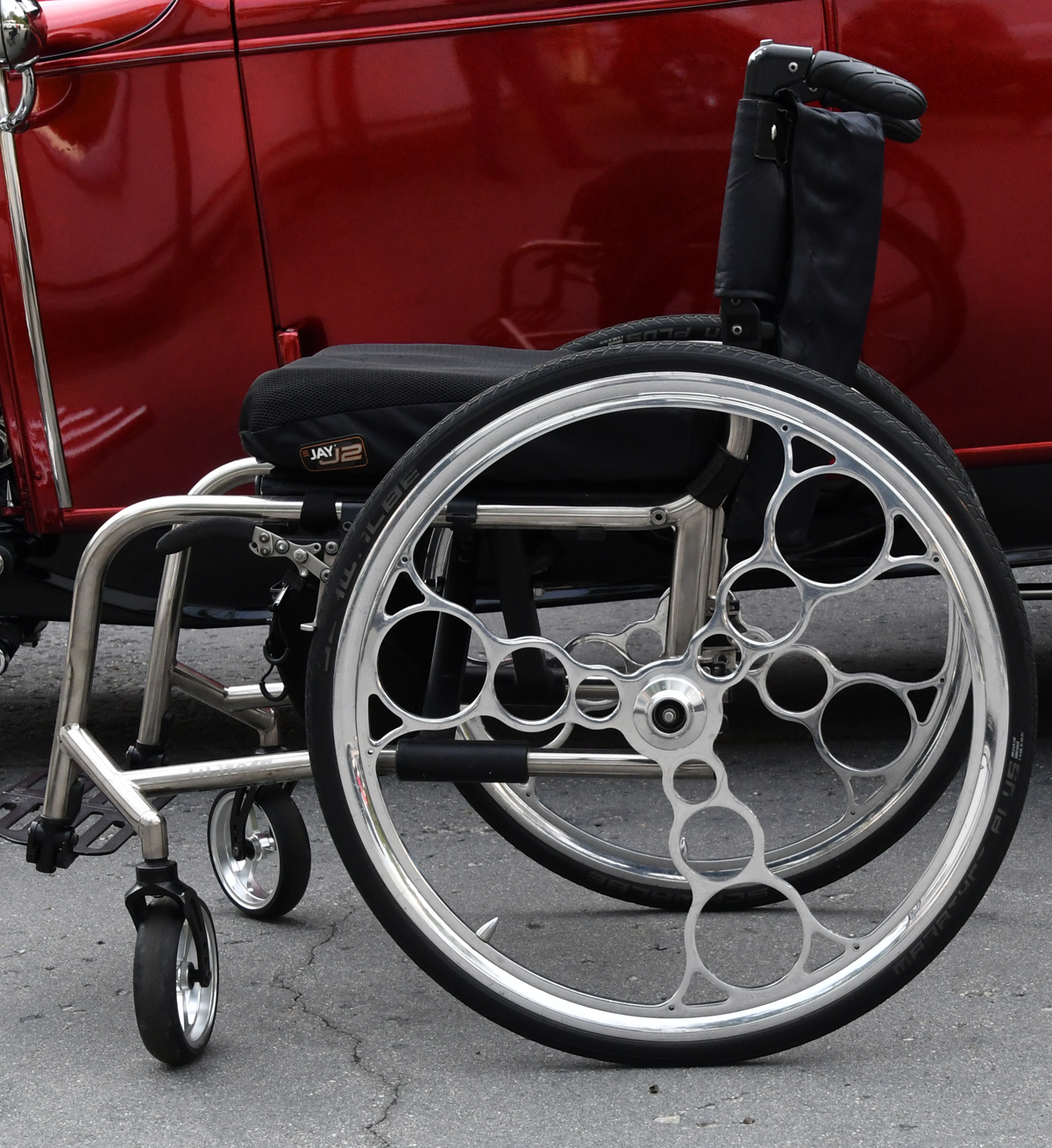
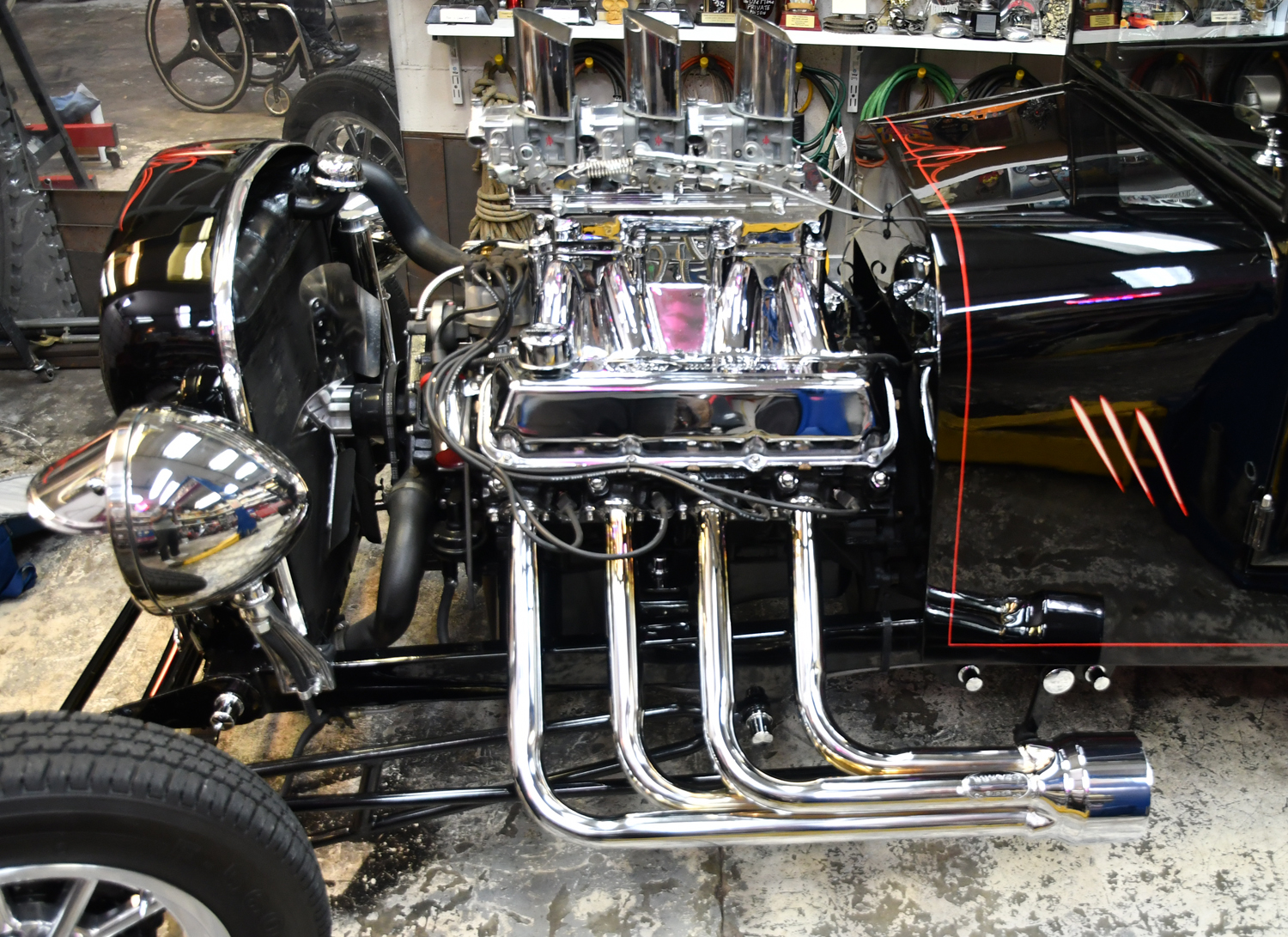 The big block 460 cu. in. V8 that came with the truck had side pipes. “Rory says, “I chopped them off because I couldn’t get in and out of the truck with my wheelchair.” Historically Rory always liked the gasser look with headers sporting a big bell on the end. Why not on the C-Cab he thought. He had the stripped down pipes, the flanges and the bell. Rory says, “It took me five hours to heat up and bend the contour and complete welding the pipes to the Bell, but it came out perfect. I sent it out for chroming. Once back I put some motorcycle baffles in it. And that was it.”
The big block 460 cu. in. V8 that came with the truck had side pipes. “Rory says, “I chopped them off because I couldn’t get in and out of the truck with my wheelchair.” Historically Rory always liked the gasser look with headers sporting a big bell on the end. Why not on the C-Cab he thought. He had the stripped down pipes, the flanges and the bell. Rory says, “It took me five hours to heat up and bend the contour and complete welding the pipes to the Bell, but it came out perfect. I sent it out for chroming. Once back I put some motorcycle baffles in it. And that was it.”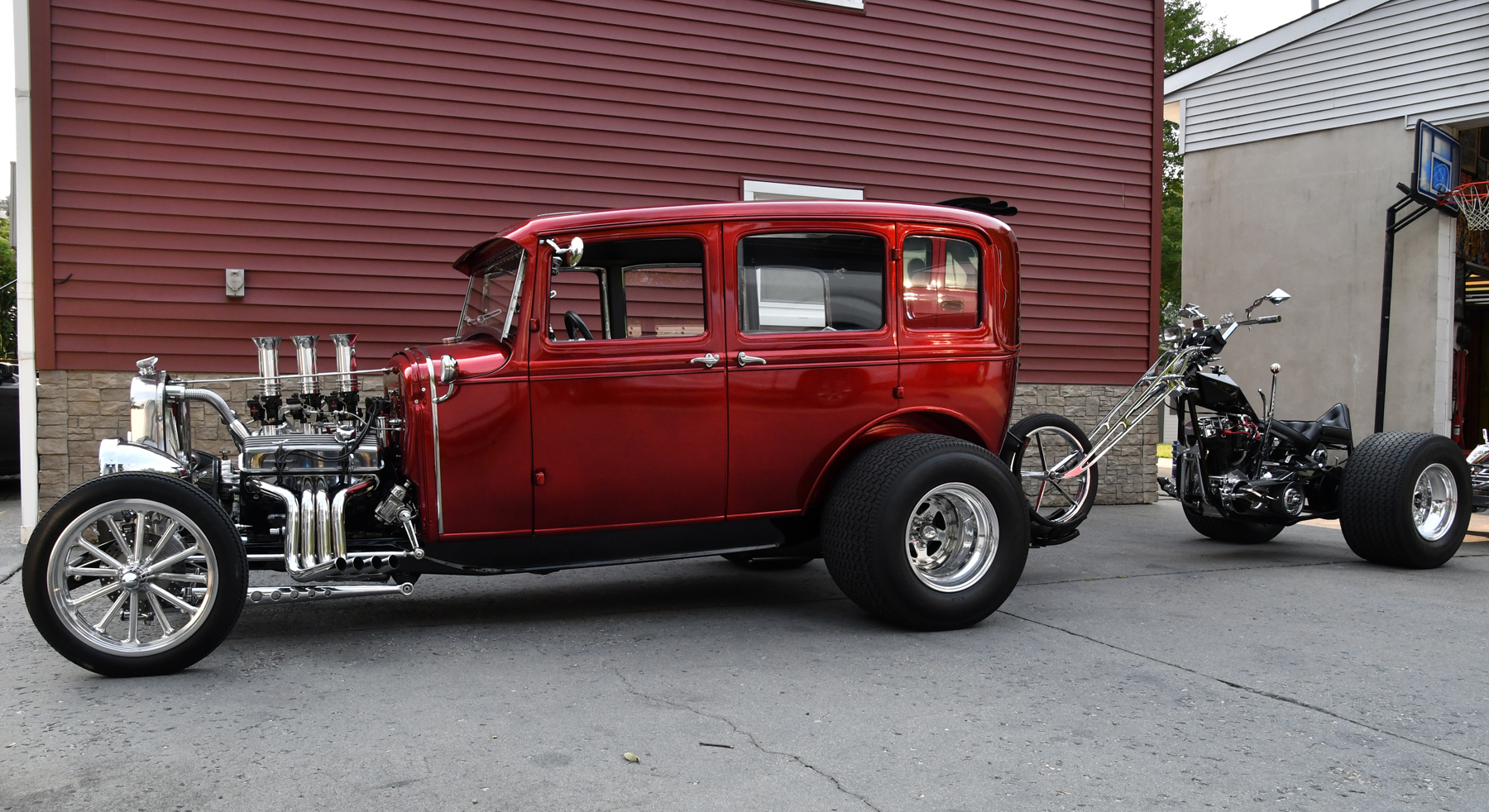
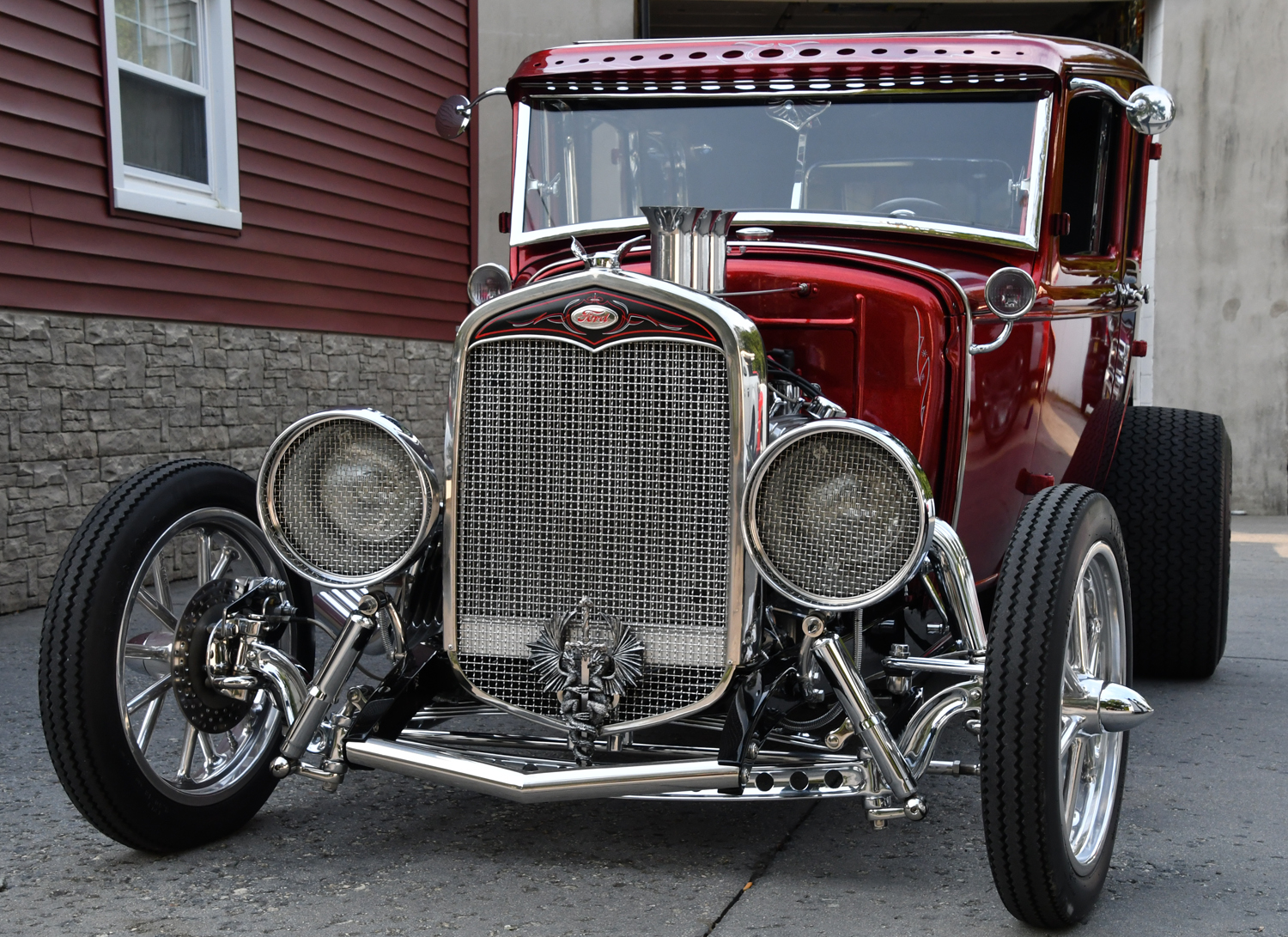


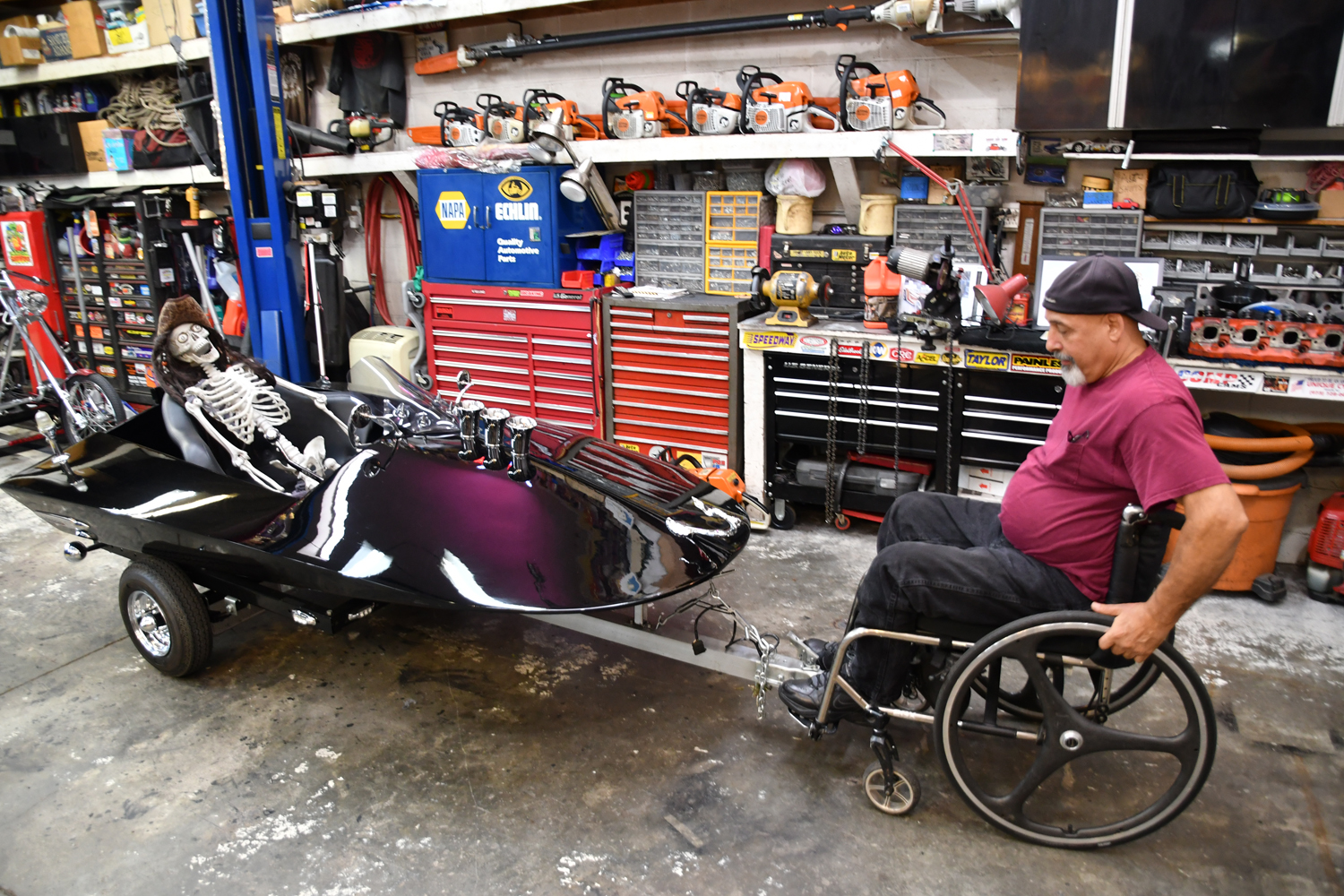
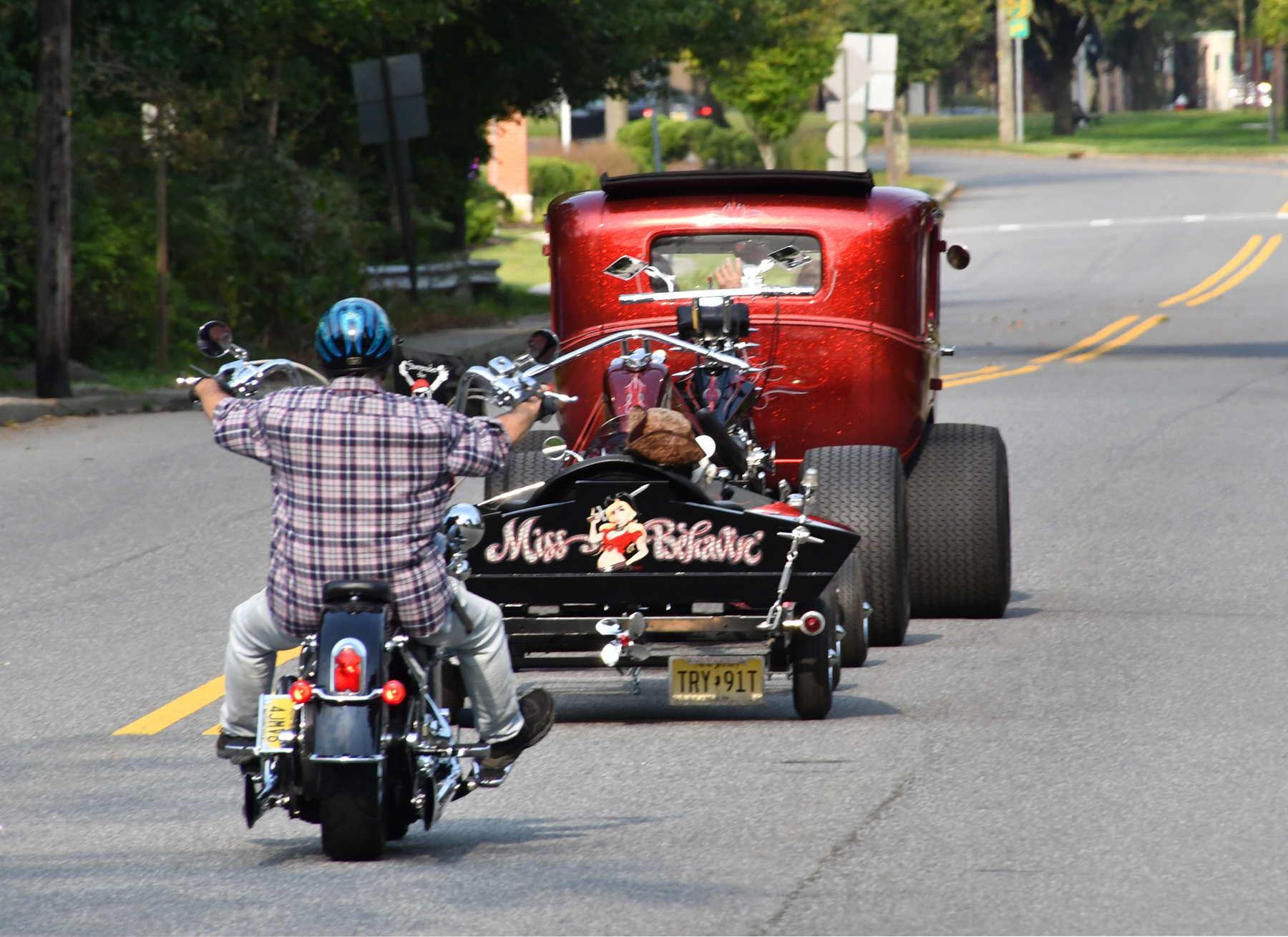


 Here comes a Ferrari La Ferrari. There goes a Lamborghini Countach. Step aside for the Chaparral race car. Make room for the Bentley Continental Coupe. Make way for the BoCar. As an amazing array of predominantly iconic German, Italian, English and American rolling artwork begin to populate the lush green hillside, I had the chance to ask Borteck about his unique event.
Here comes a Ferrari La Ferrari. There goes a Lamborghini Countach. Step aside for the Chaparral race car. Make room for the Bentley Continental Coupe. Make way for the BoCar. As an amazing array of predominantly iconic German, Italian, English and American rolling artwork begin to populate the lush green hillside, I had the chance to ask Borteck about his unique event. and guests. Much like one artist discussing his work with others. He says, “I strive for the event to be both a learning experience for viewers and a teaching experience for the dedicated owners. Here, people can share with each other without crowds or craziness.”
and guests. Much like one artist discussing his work with others. He says, “I strive for the event to be both a learning experience for viewers and a teaching experience for the dedicated owners. Here, people can share with each other without crowds or craziness.”

